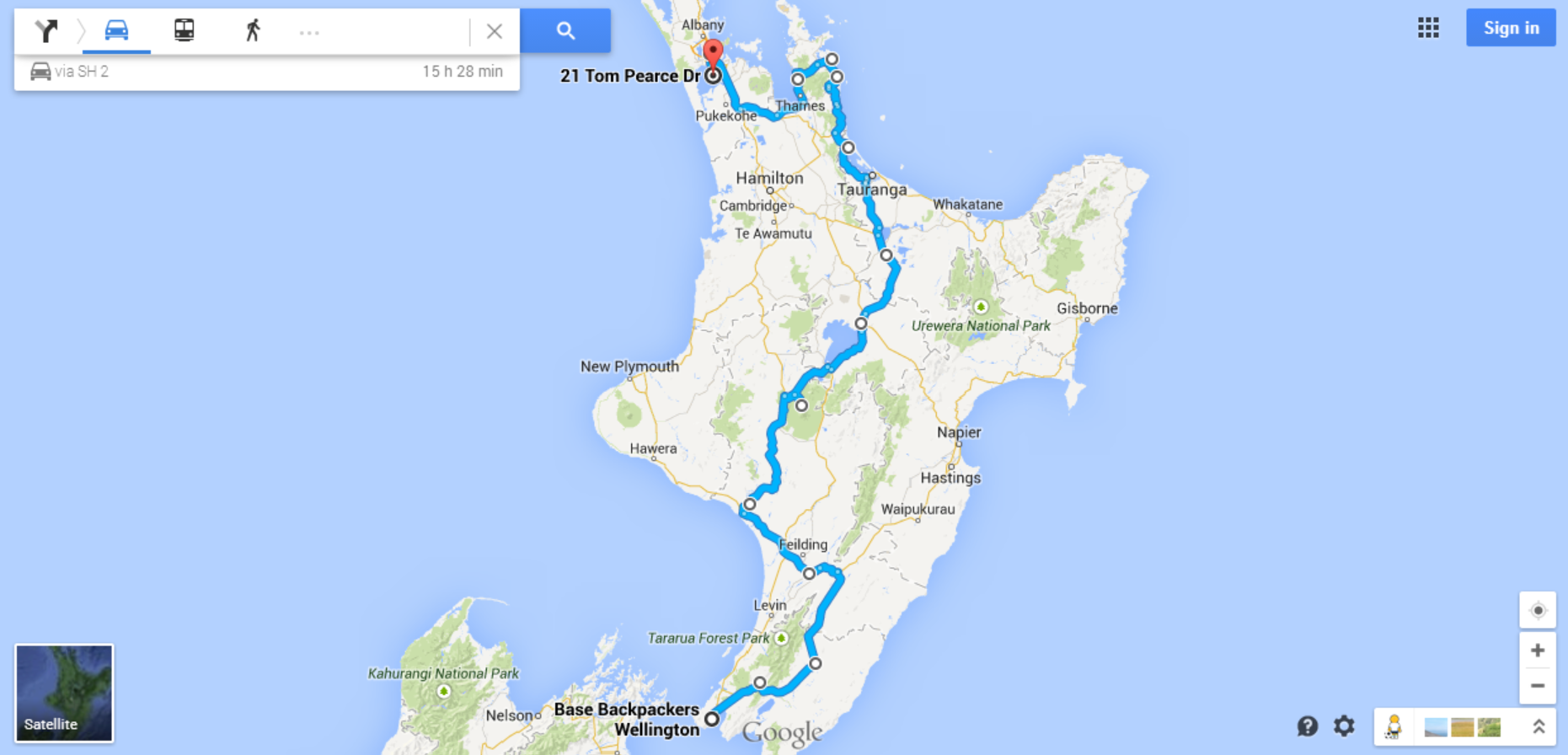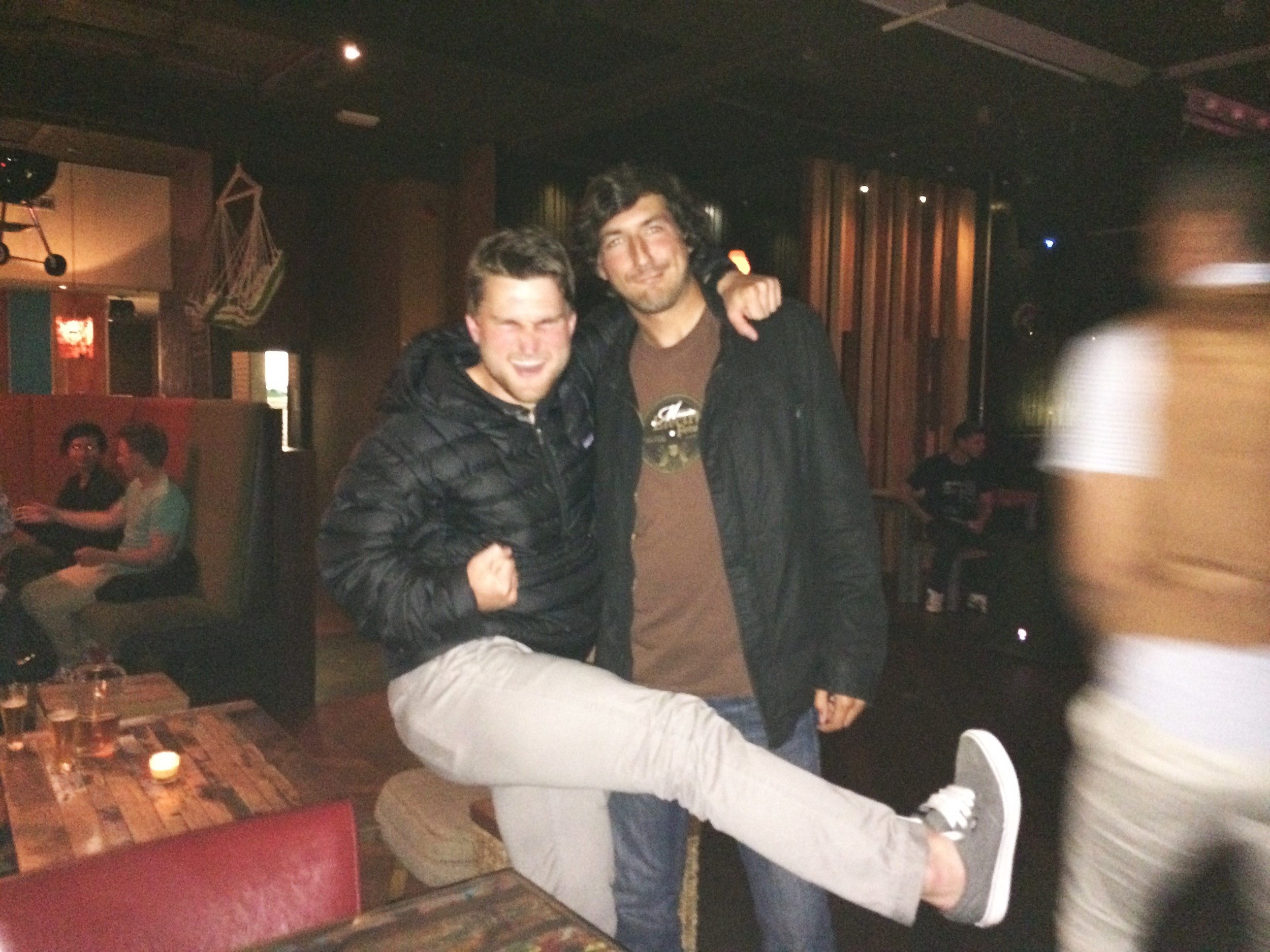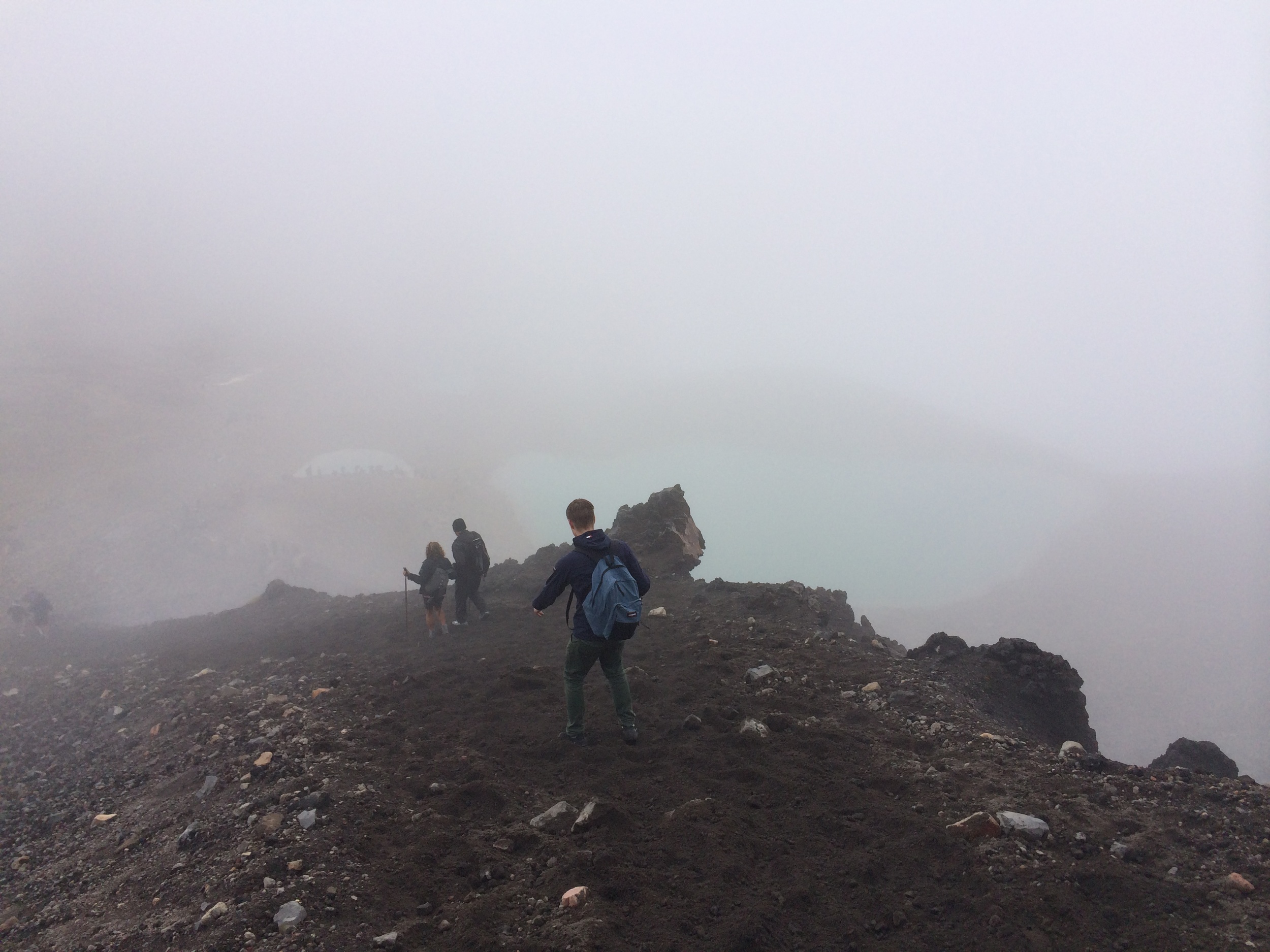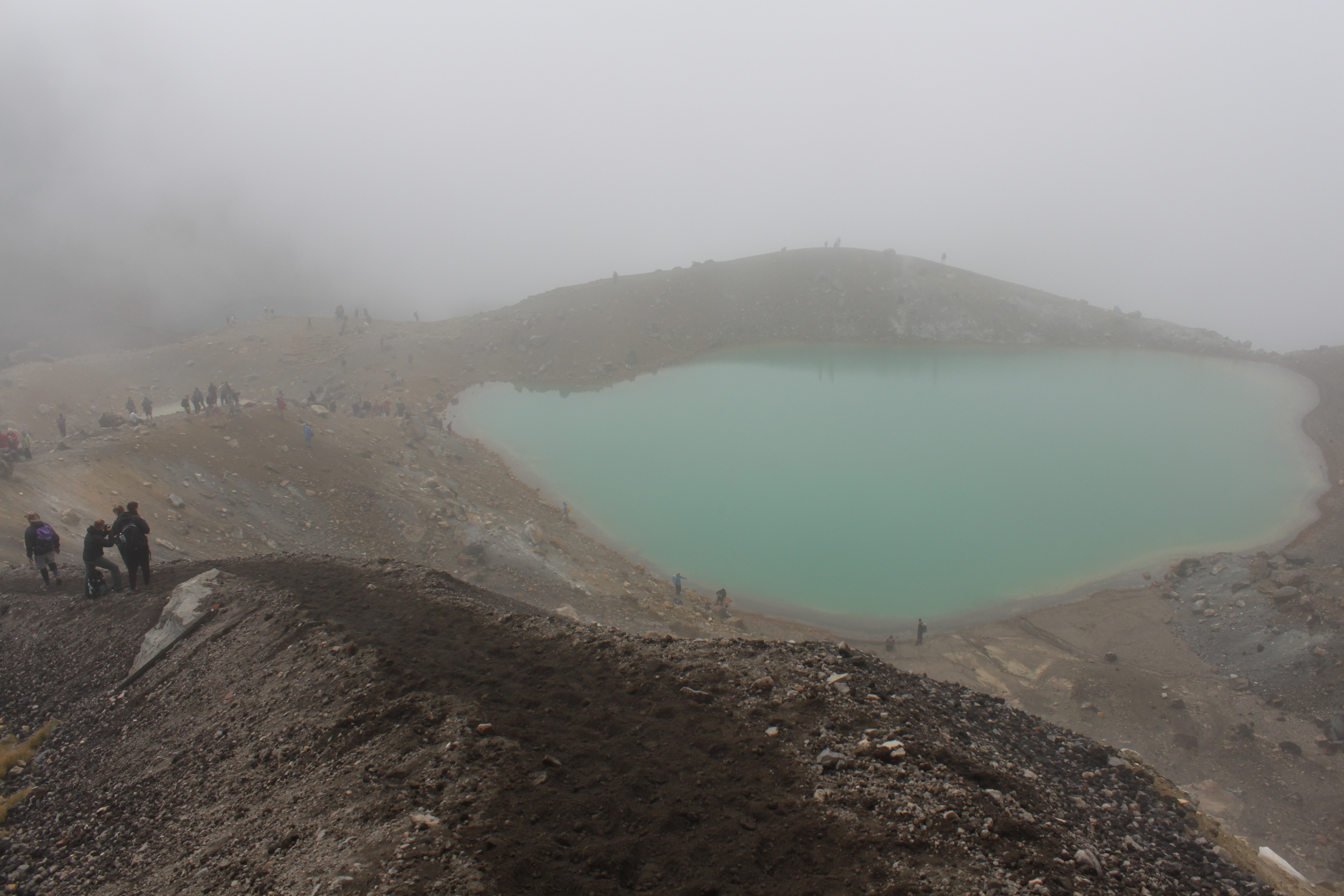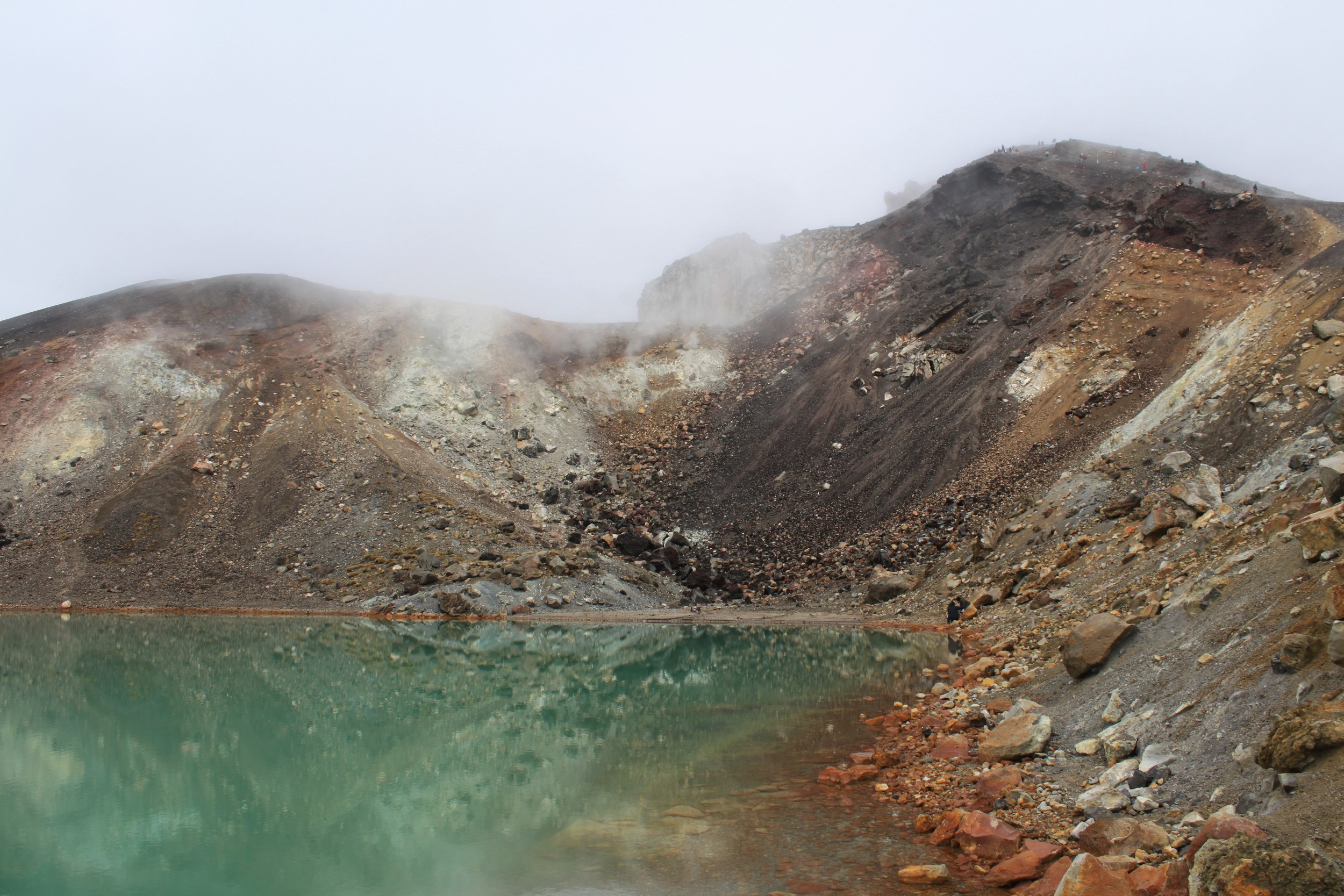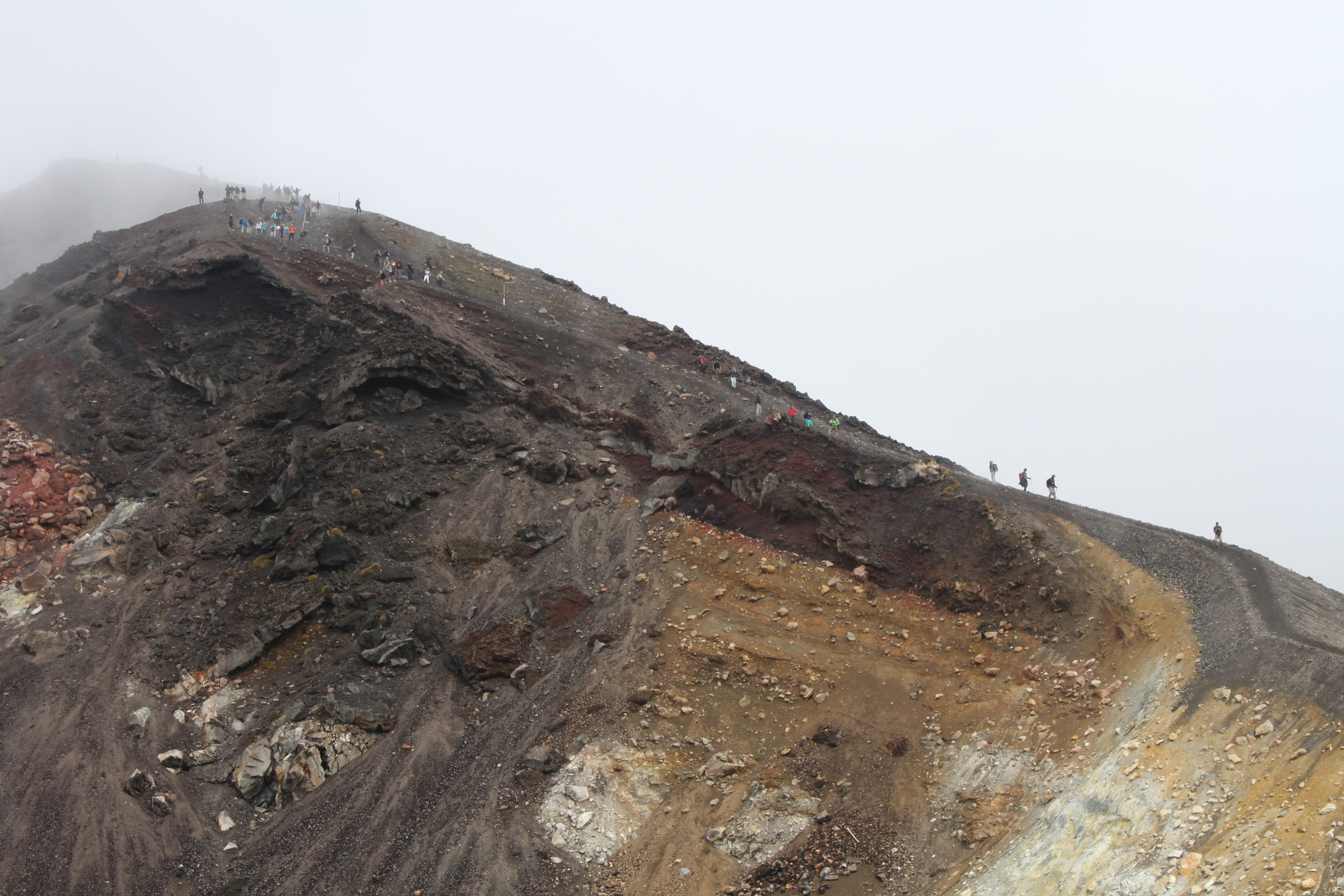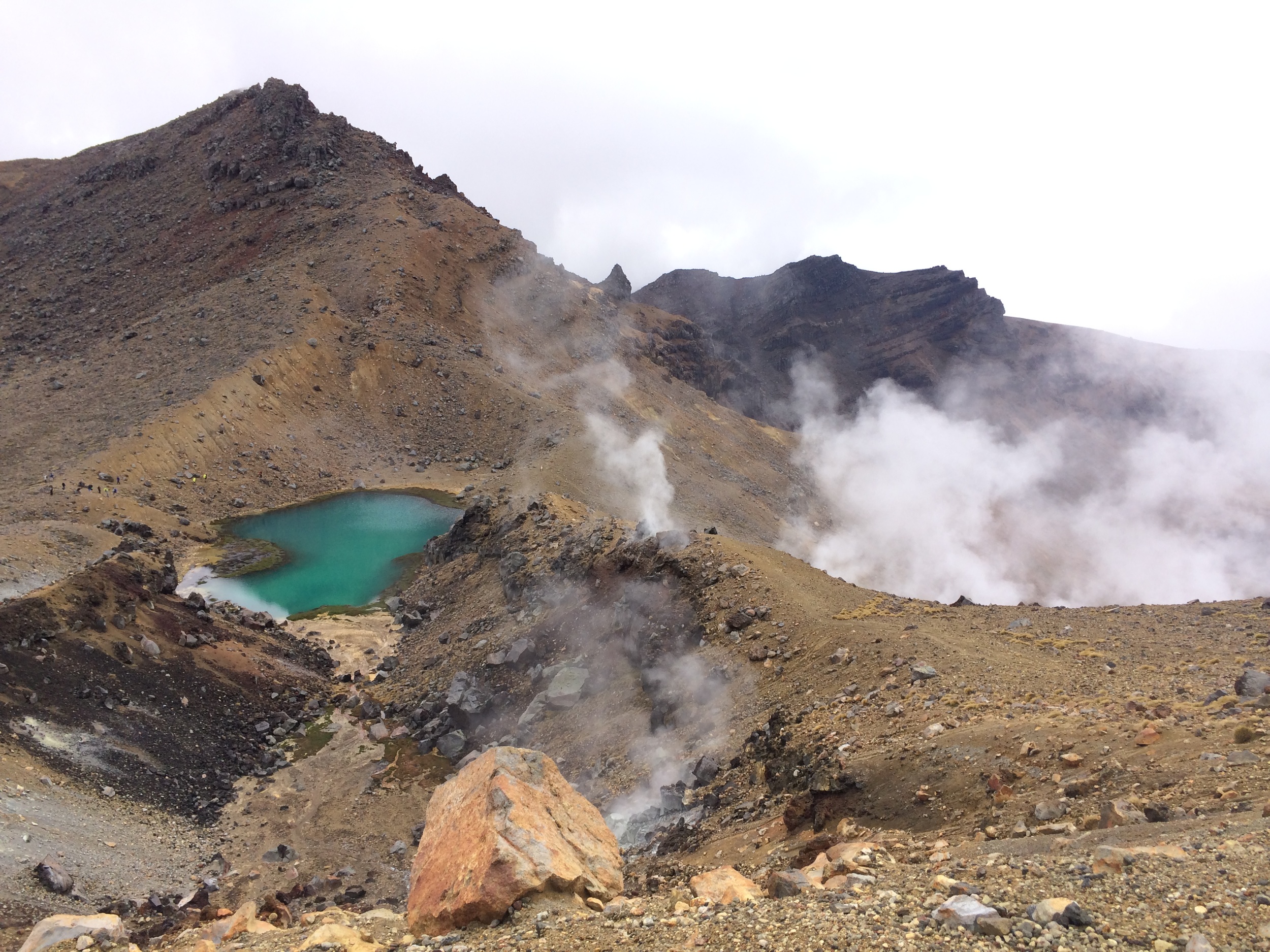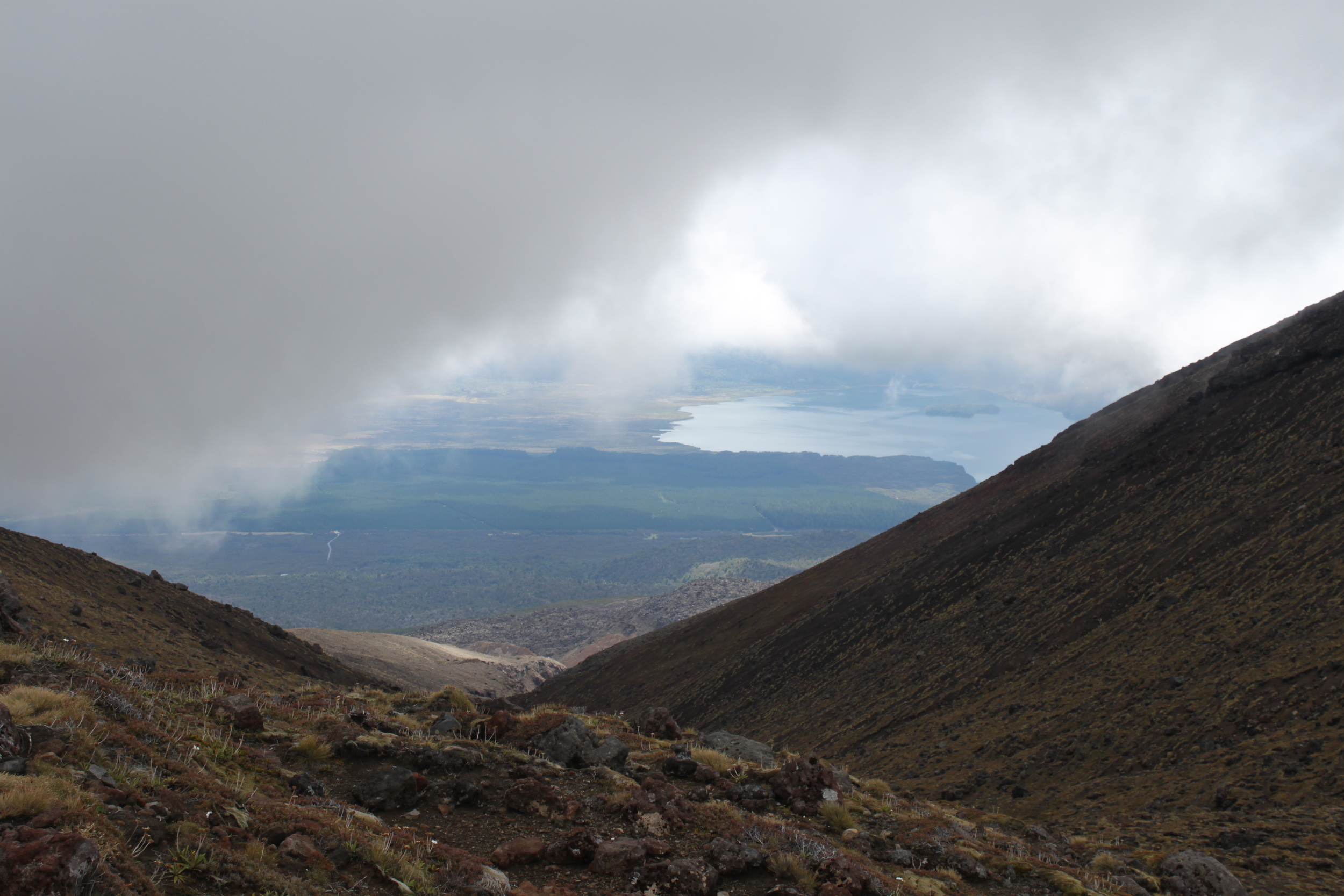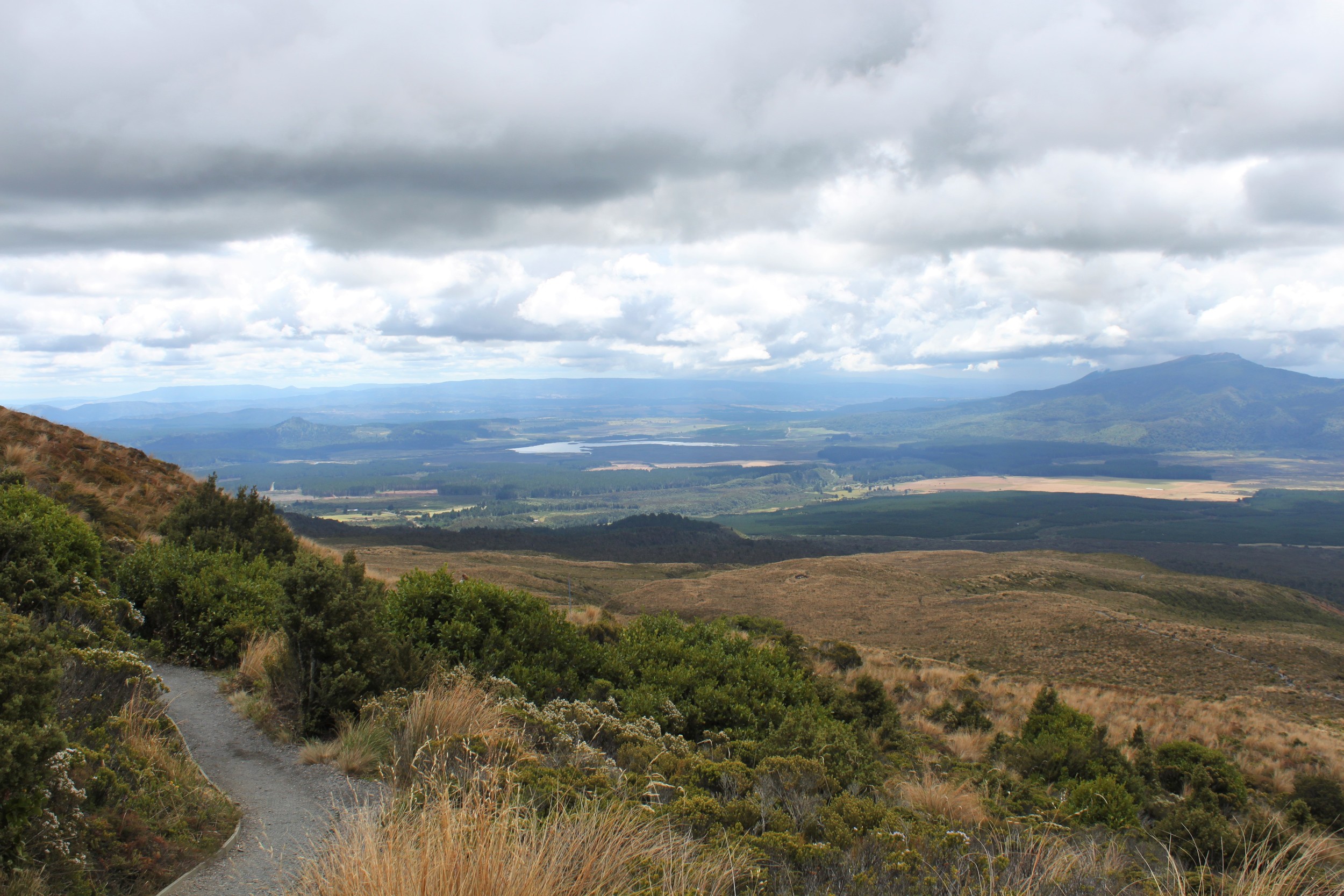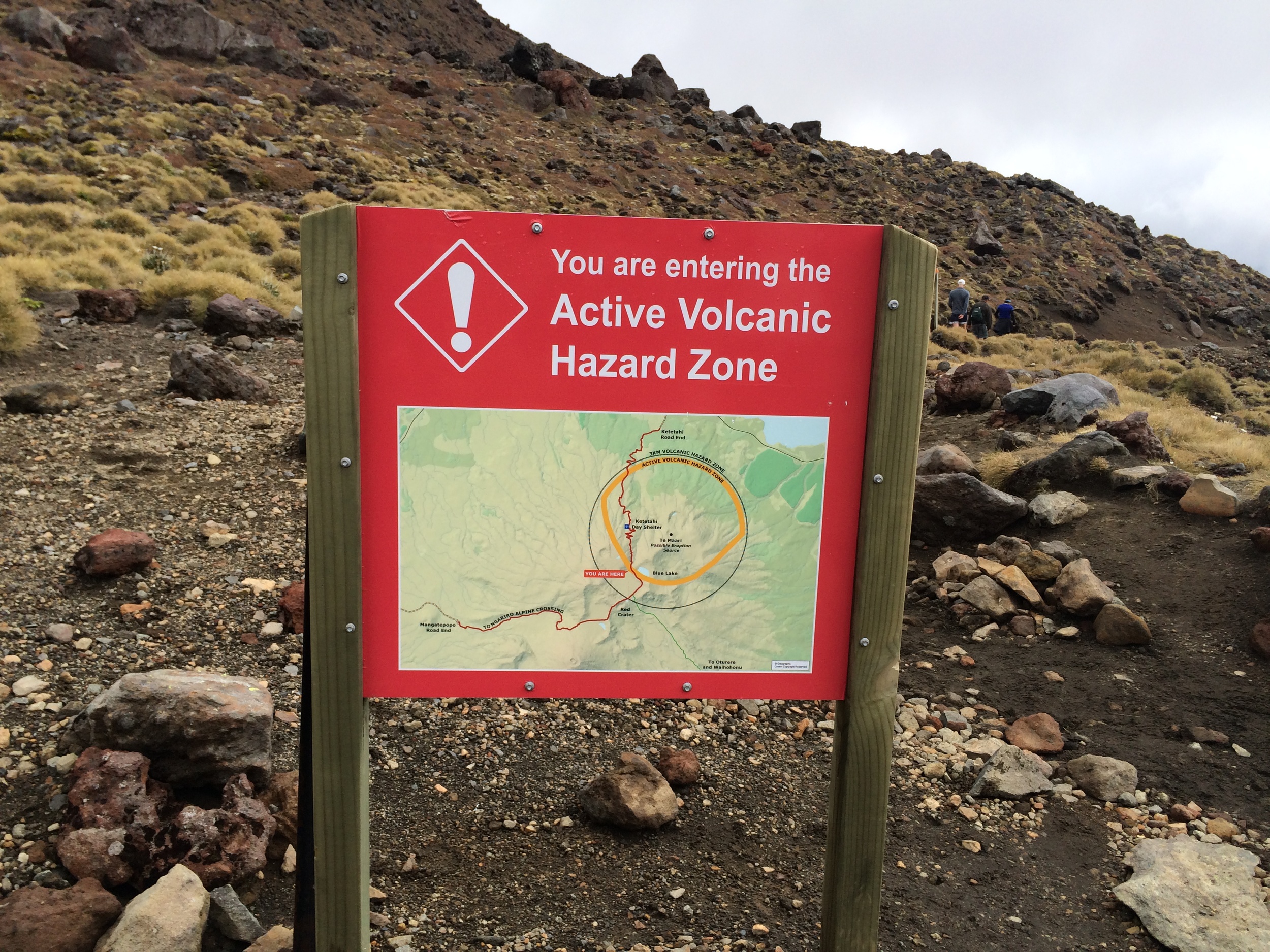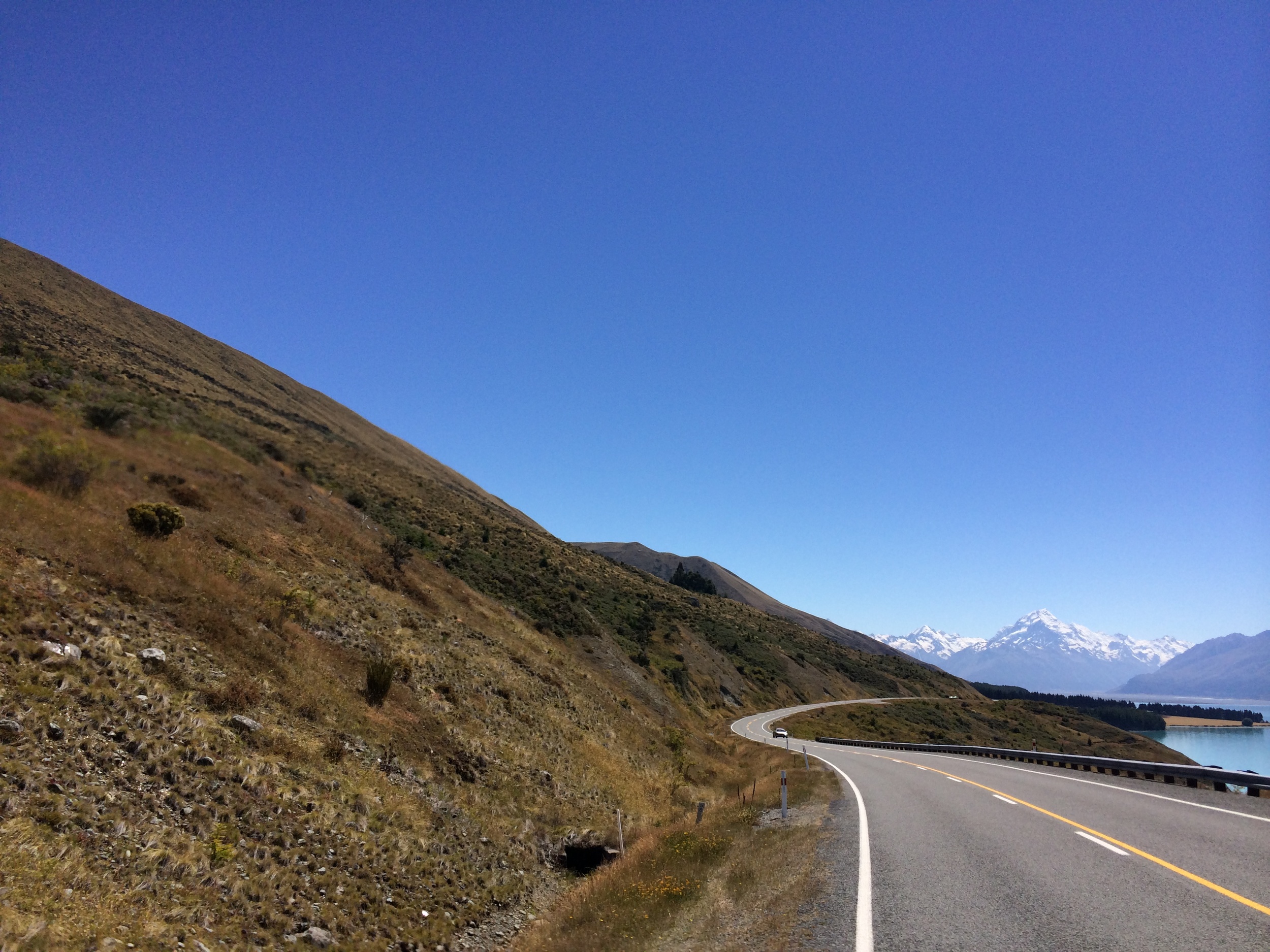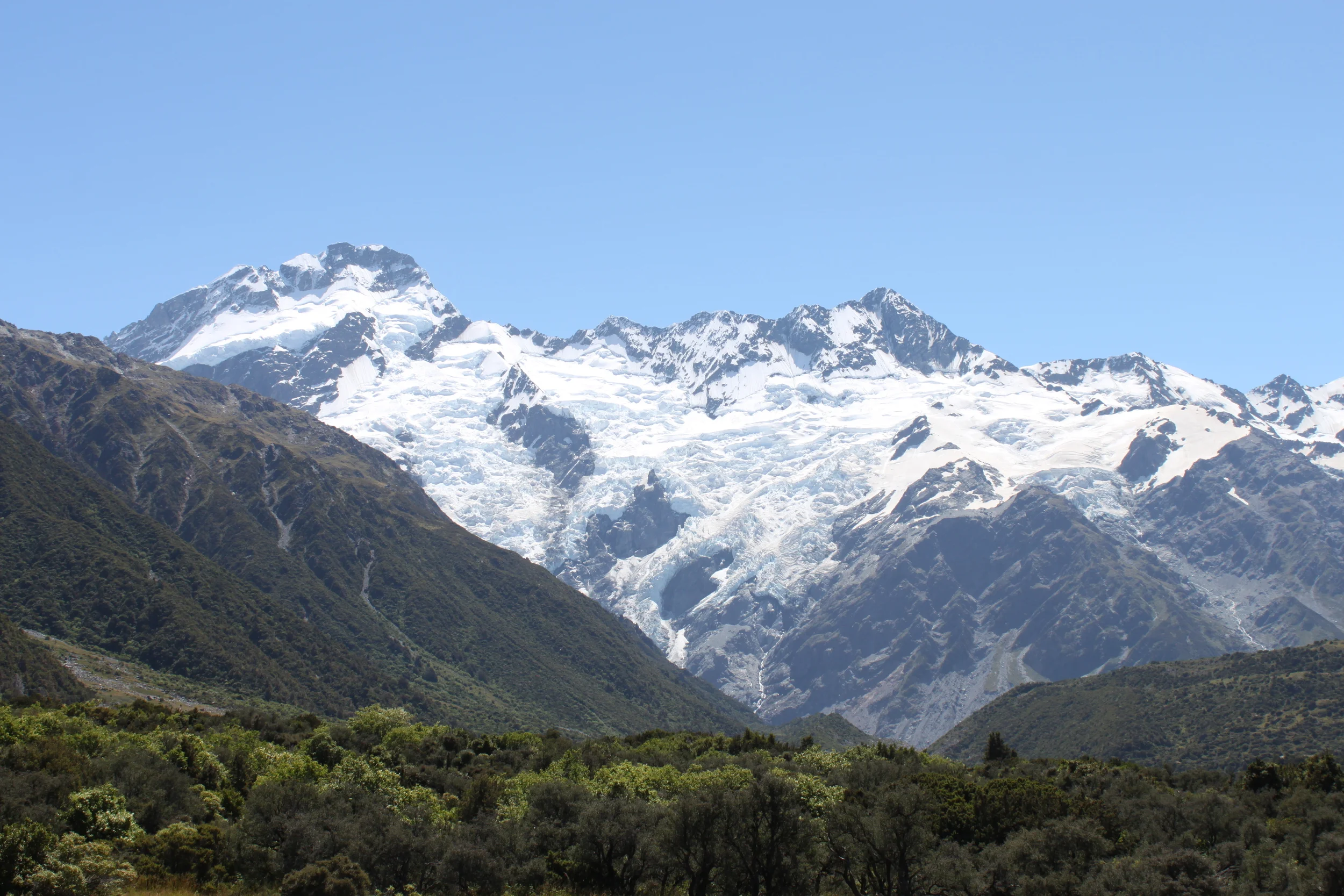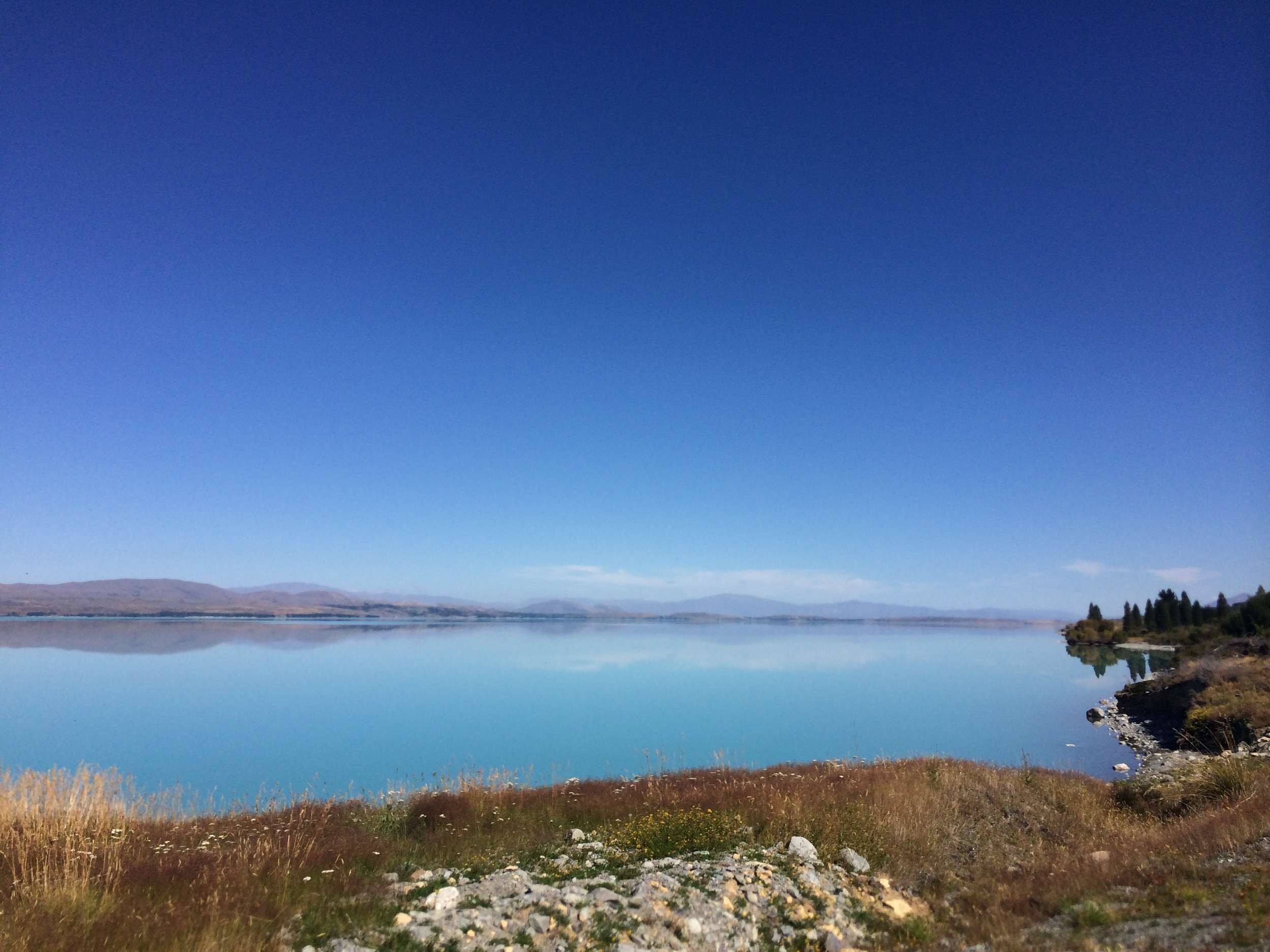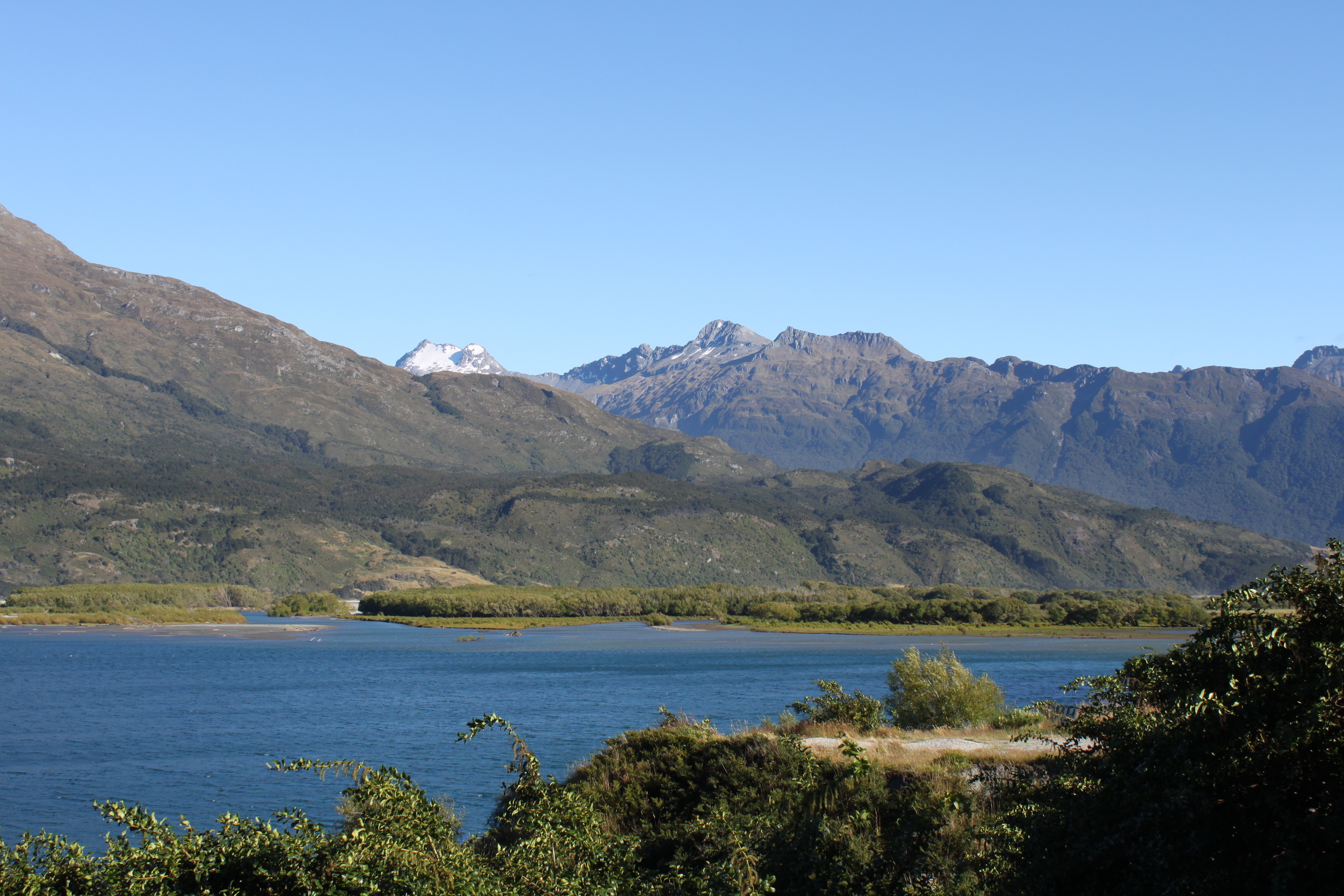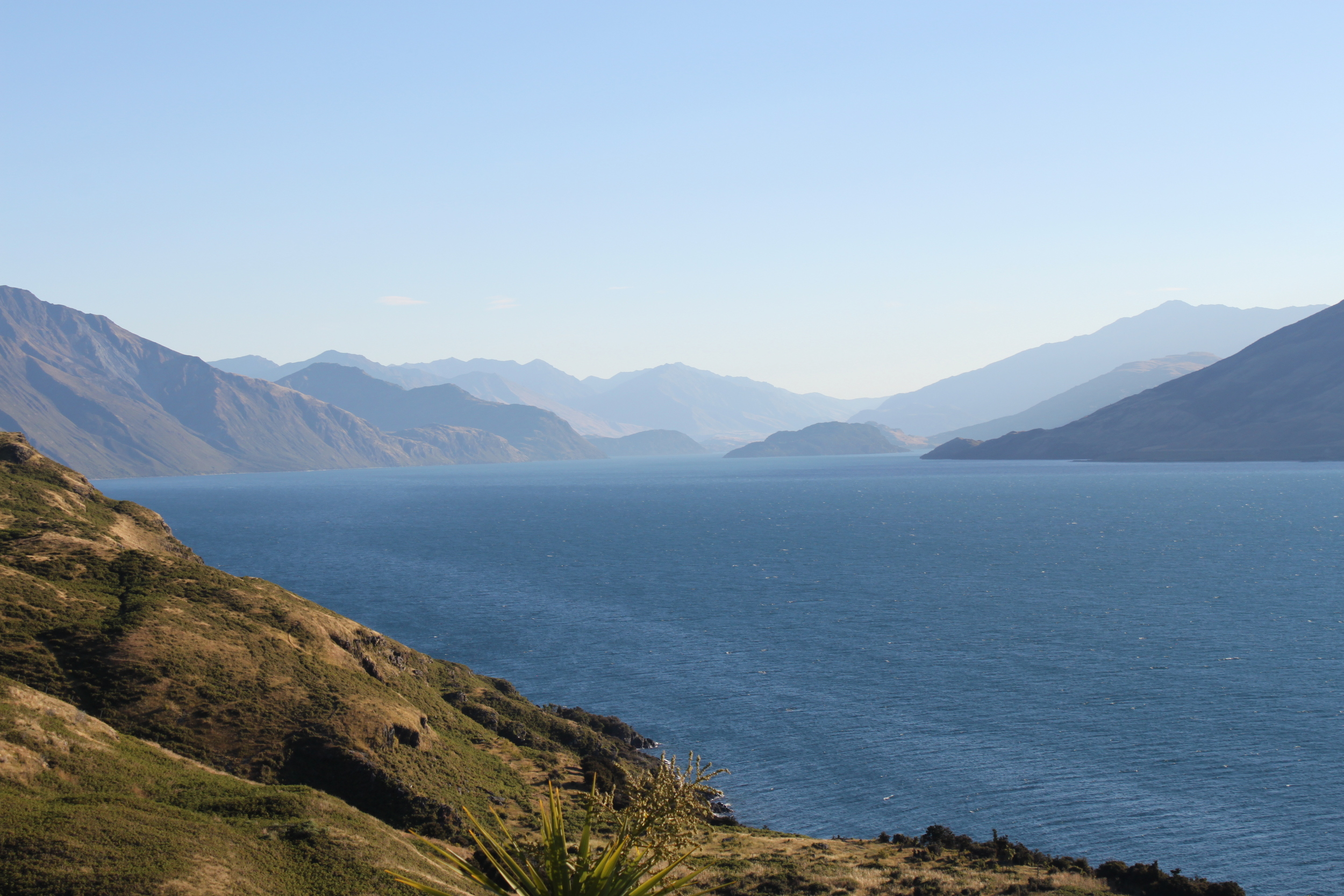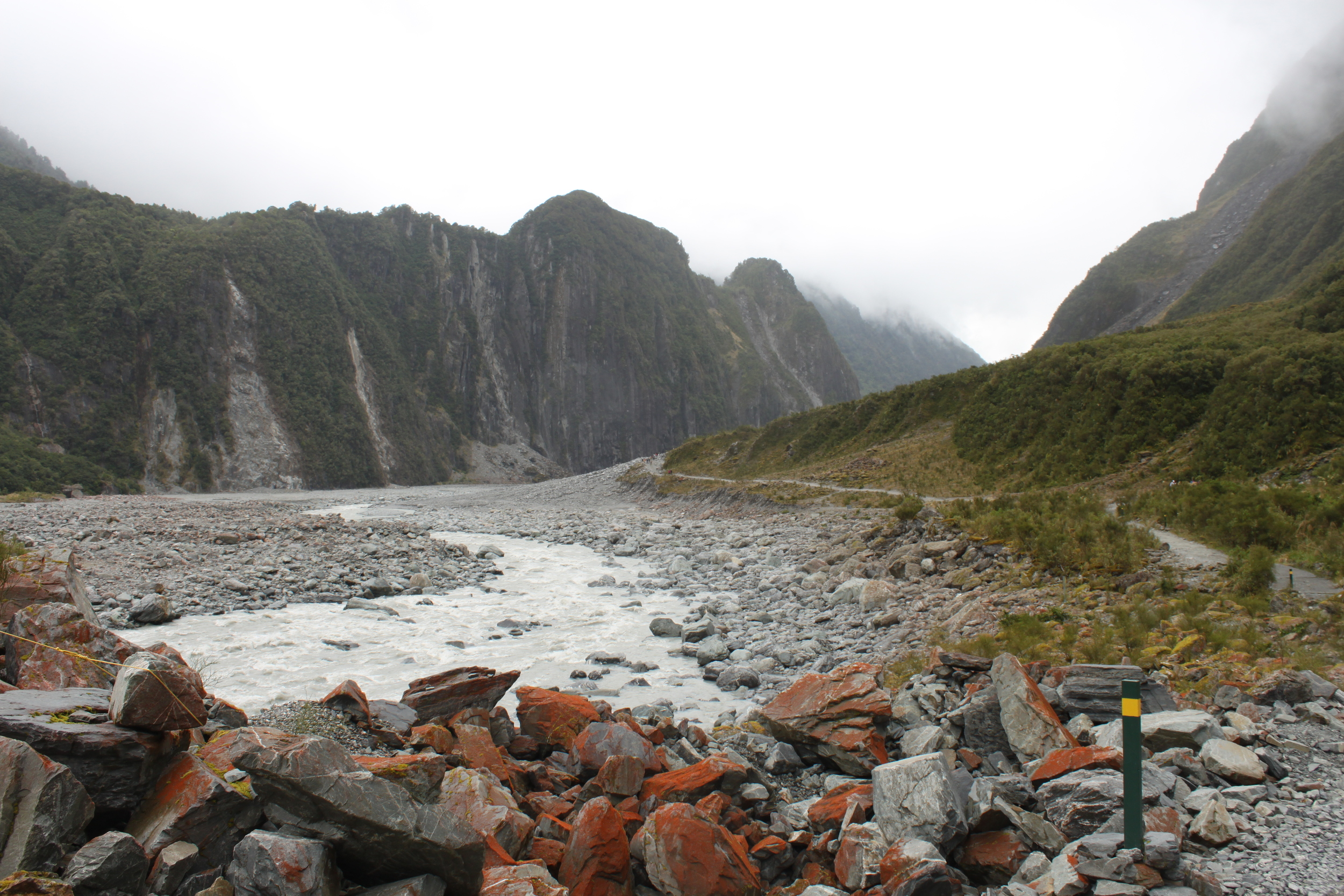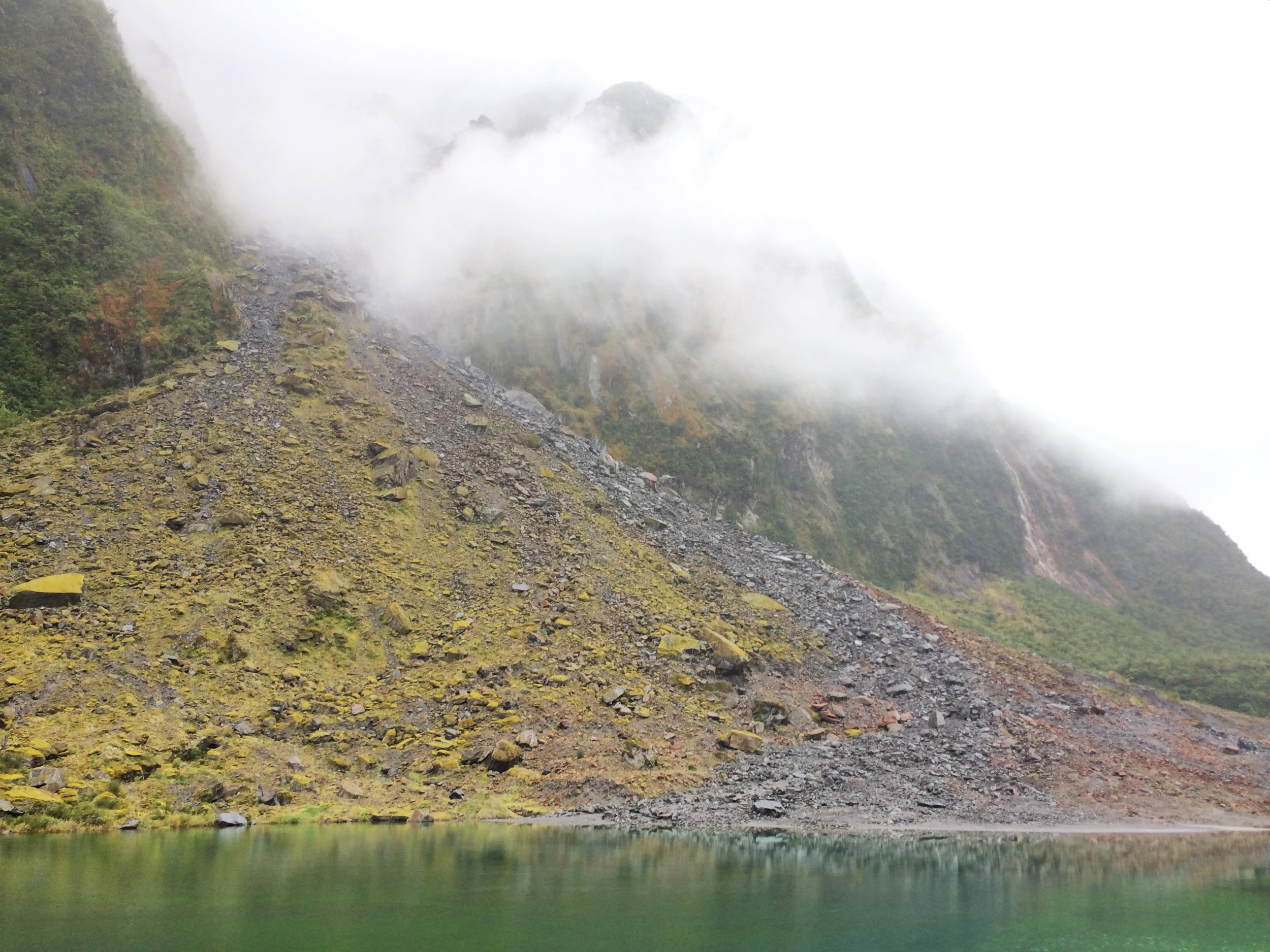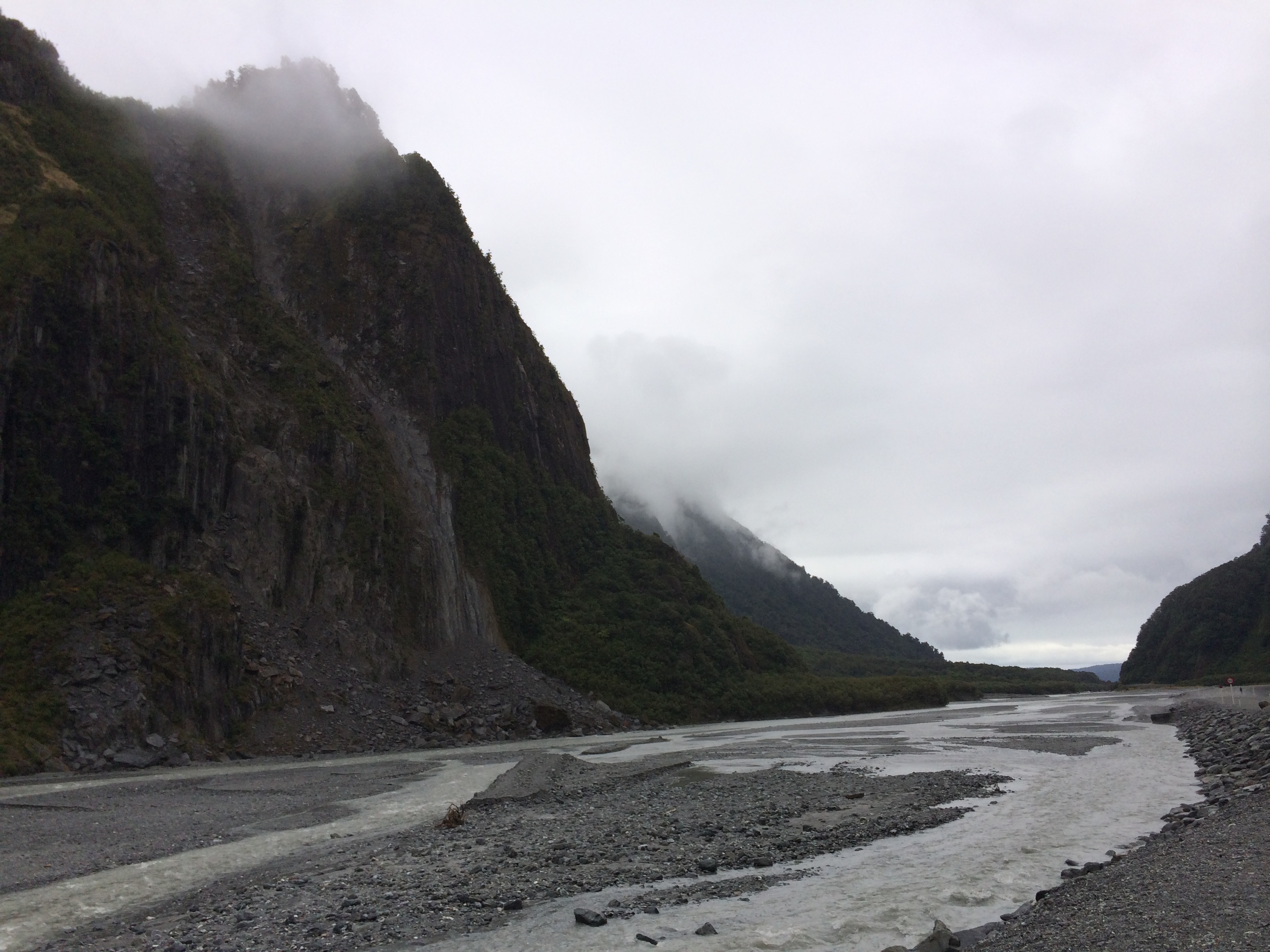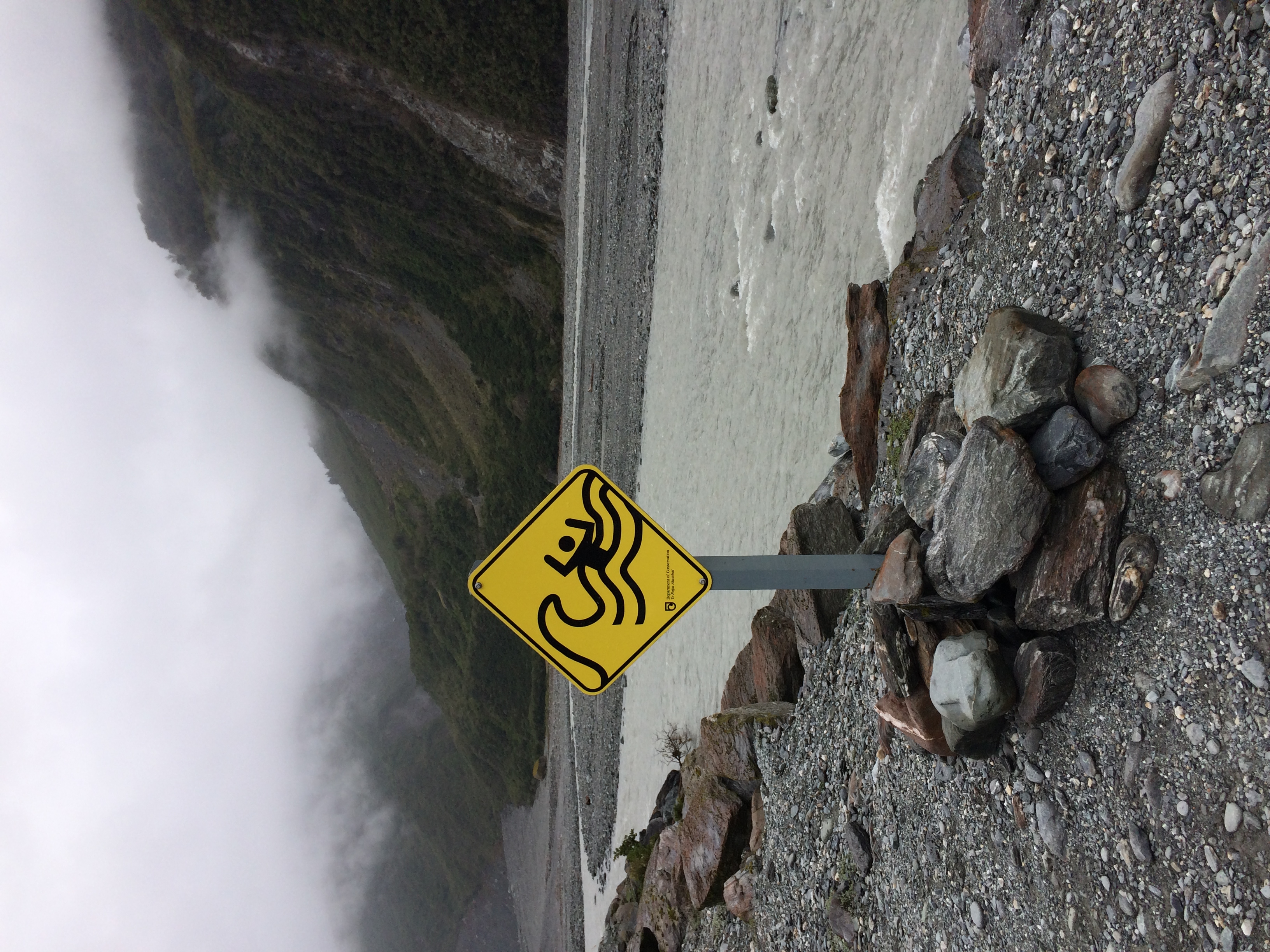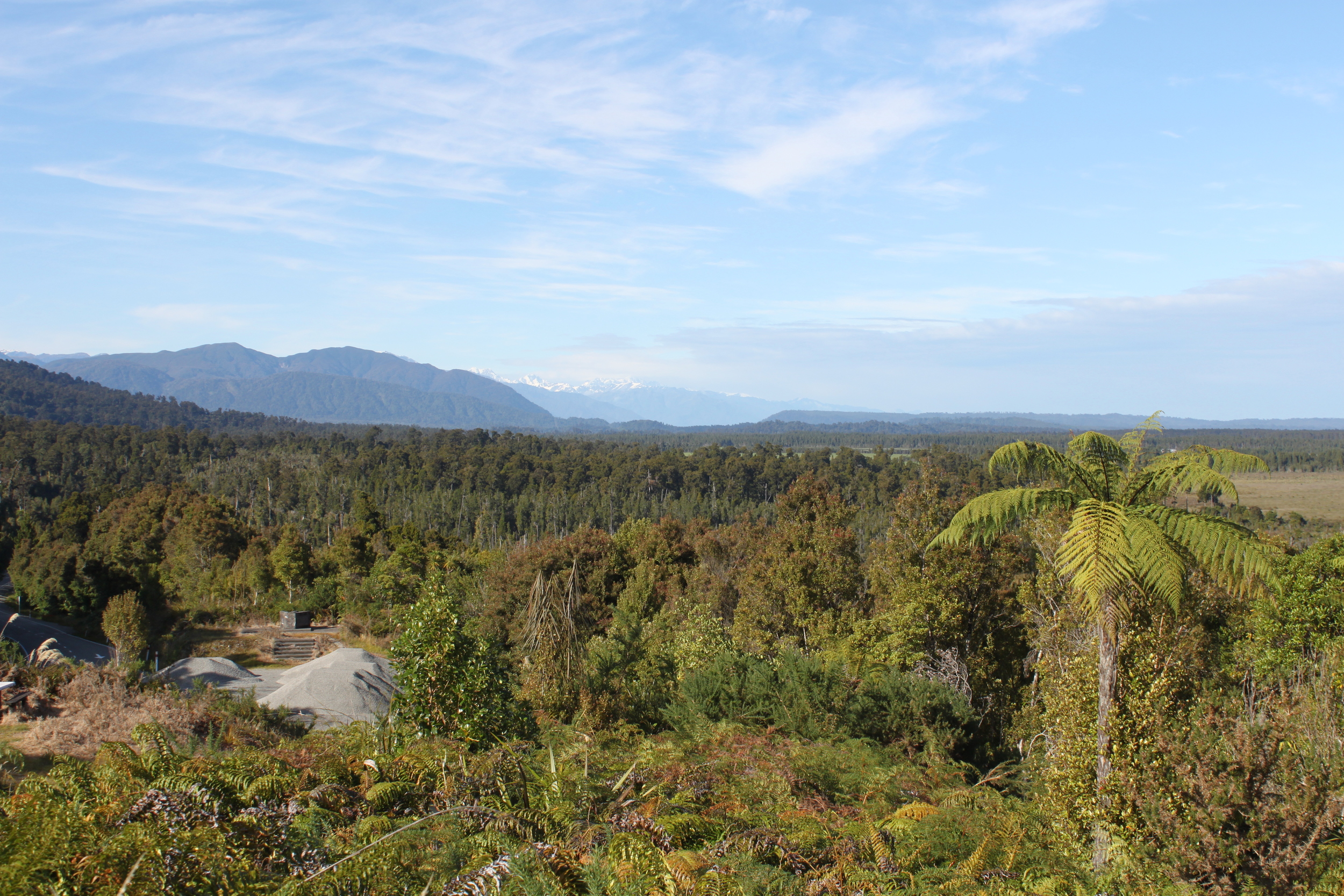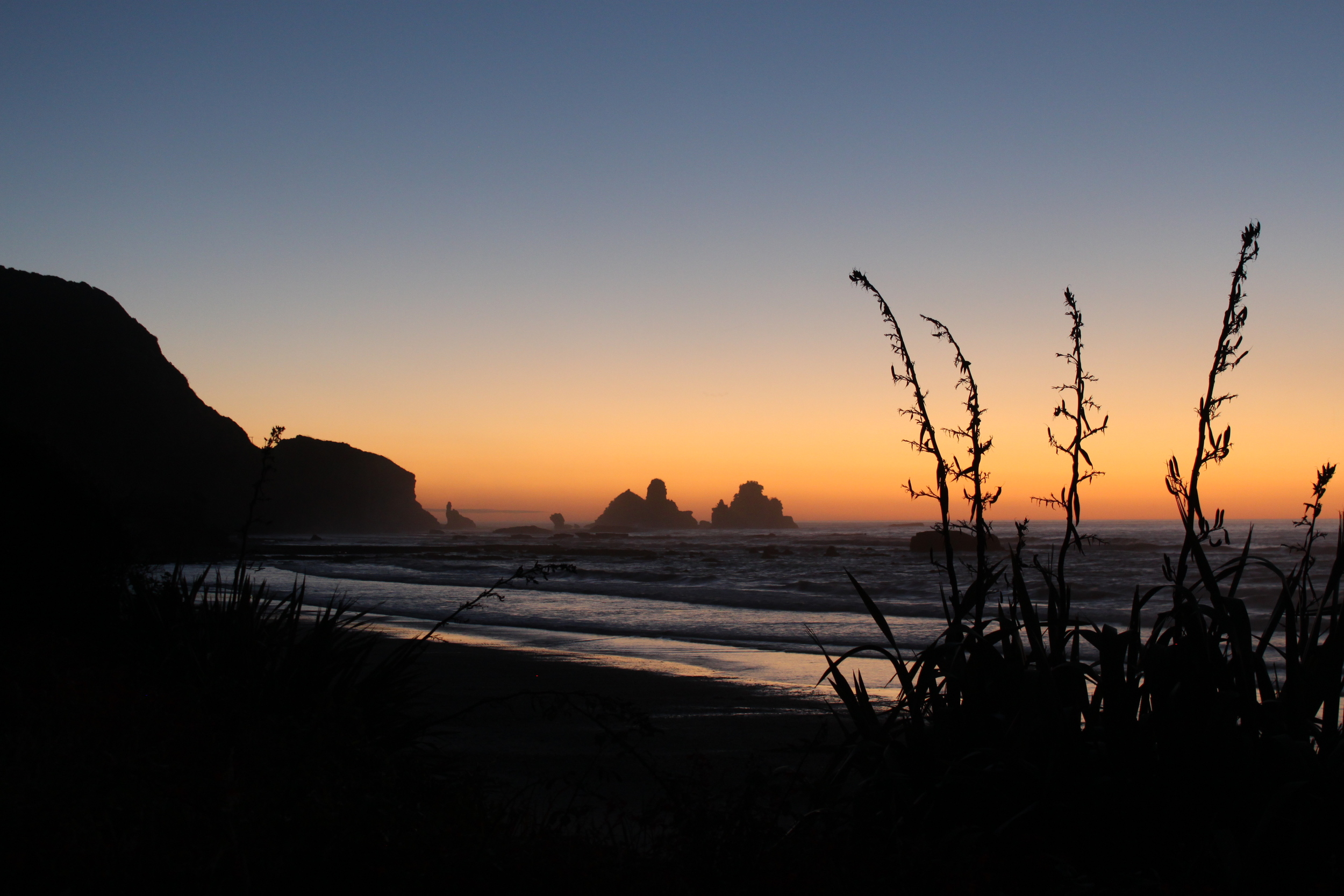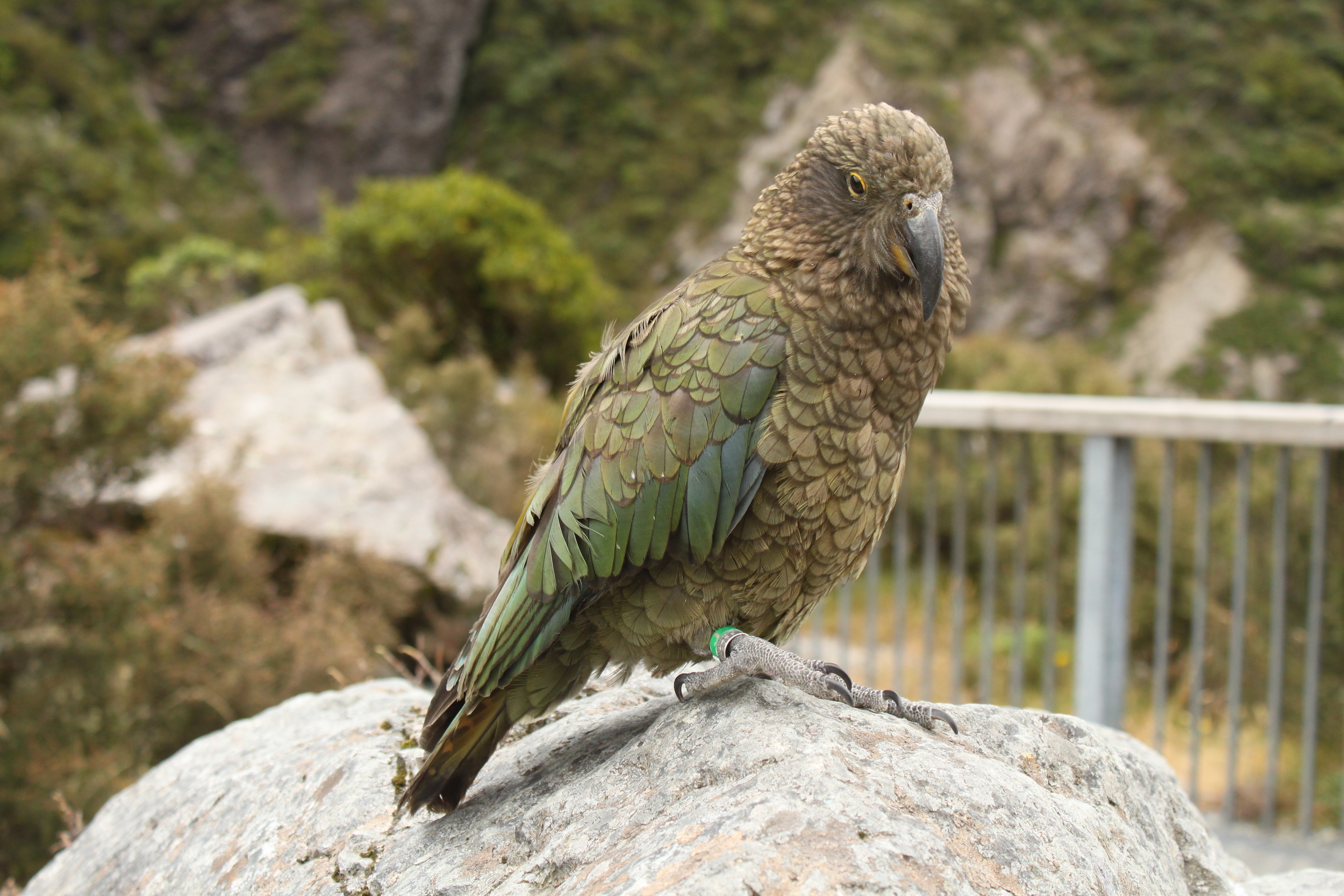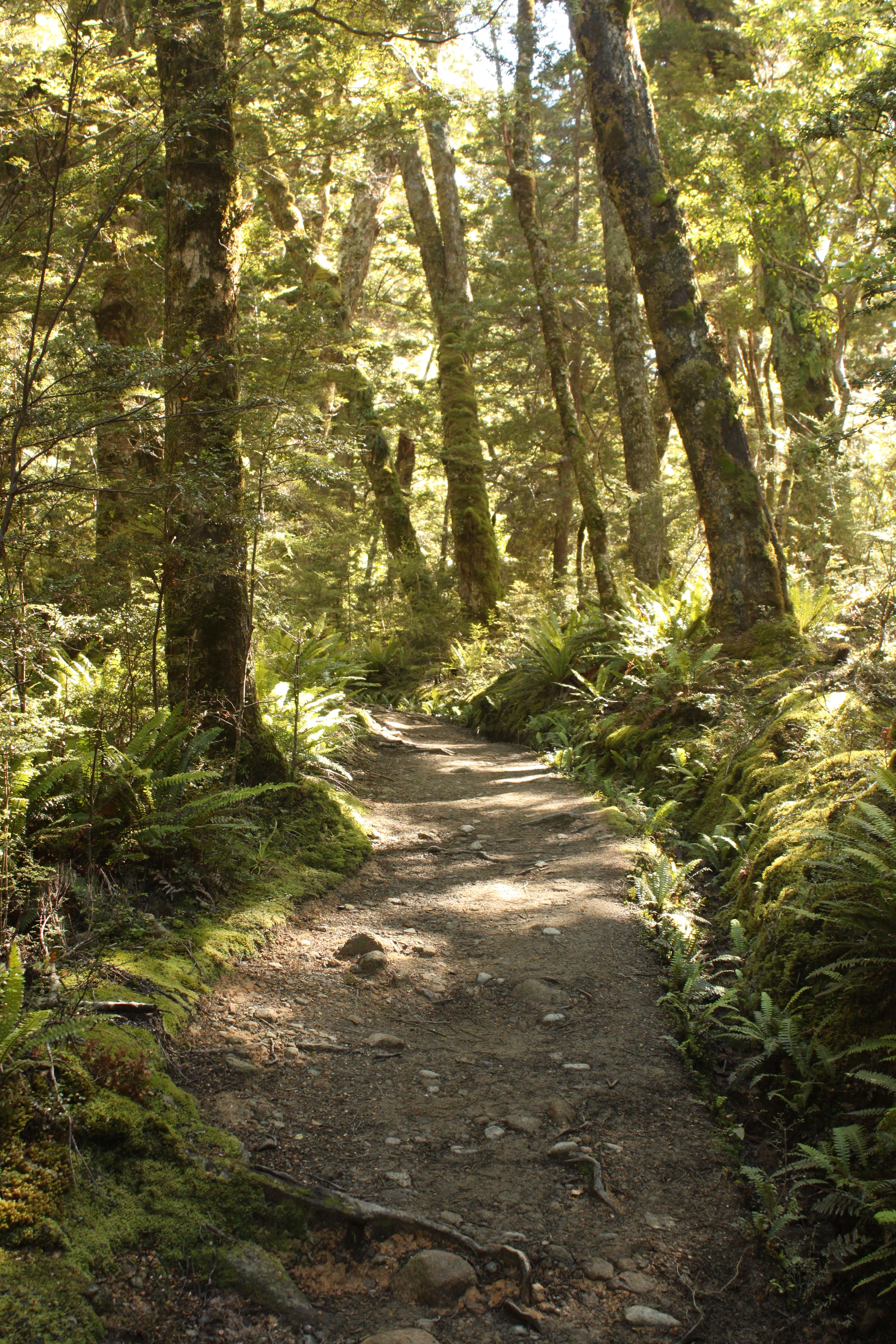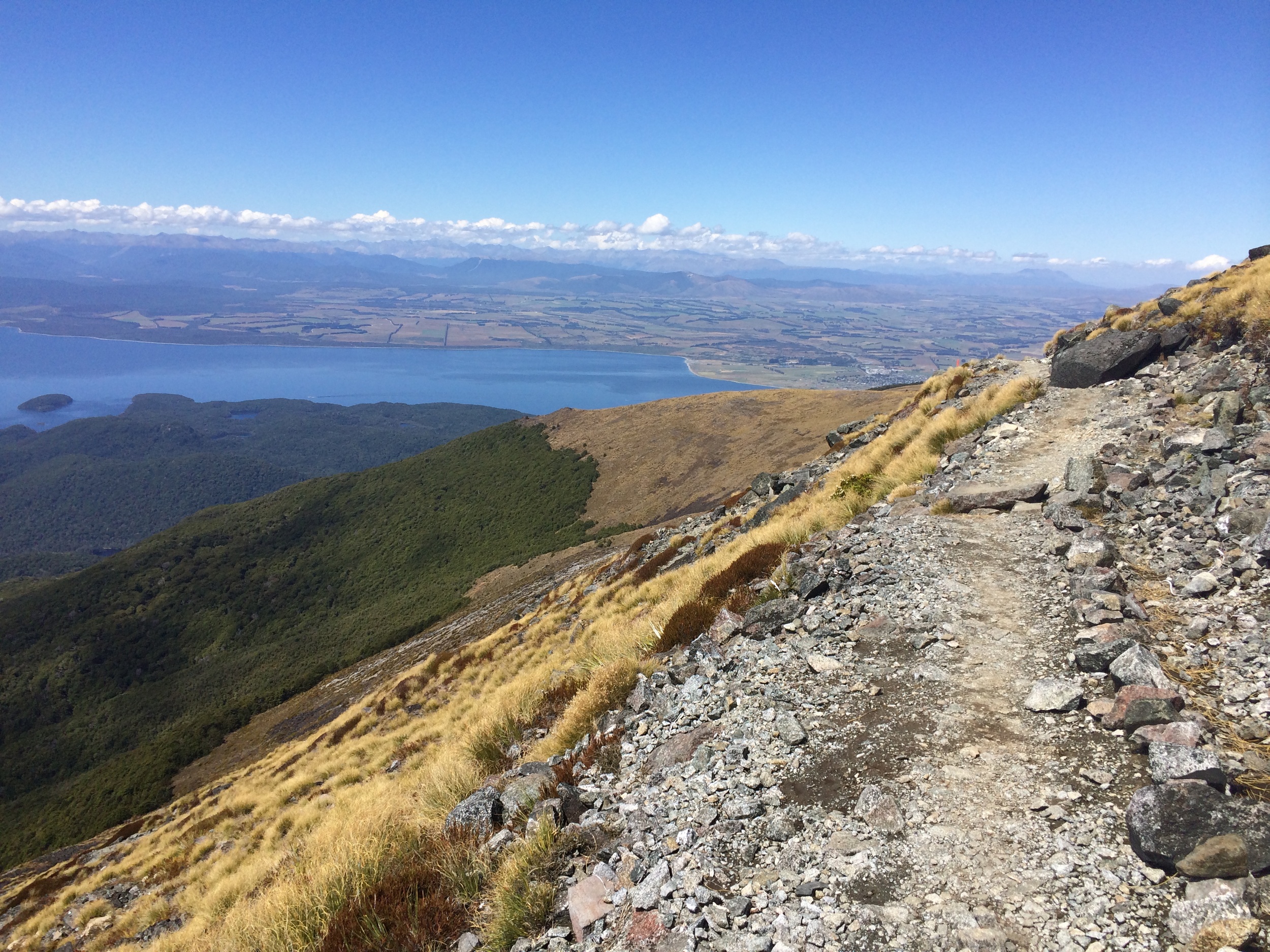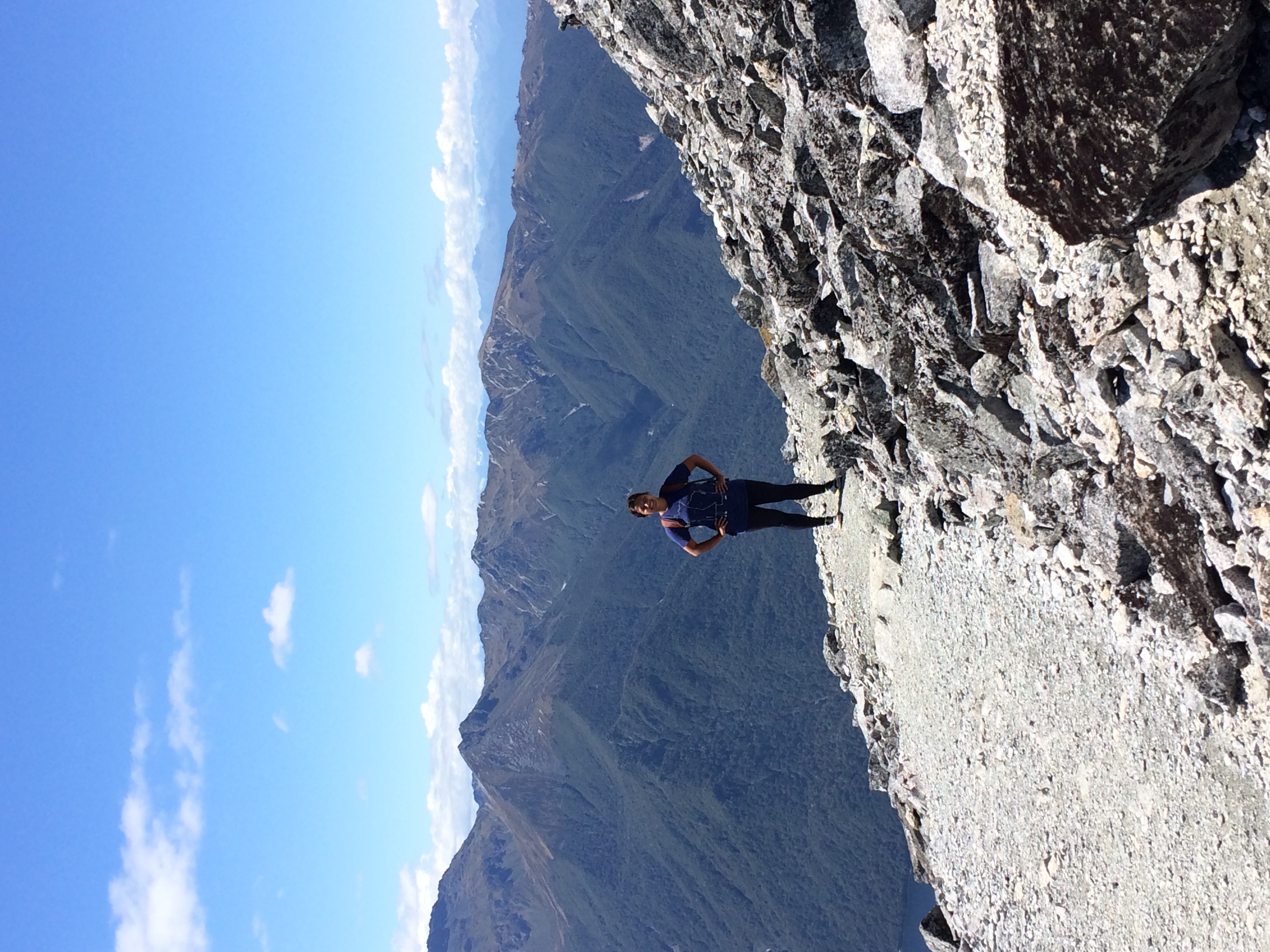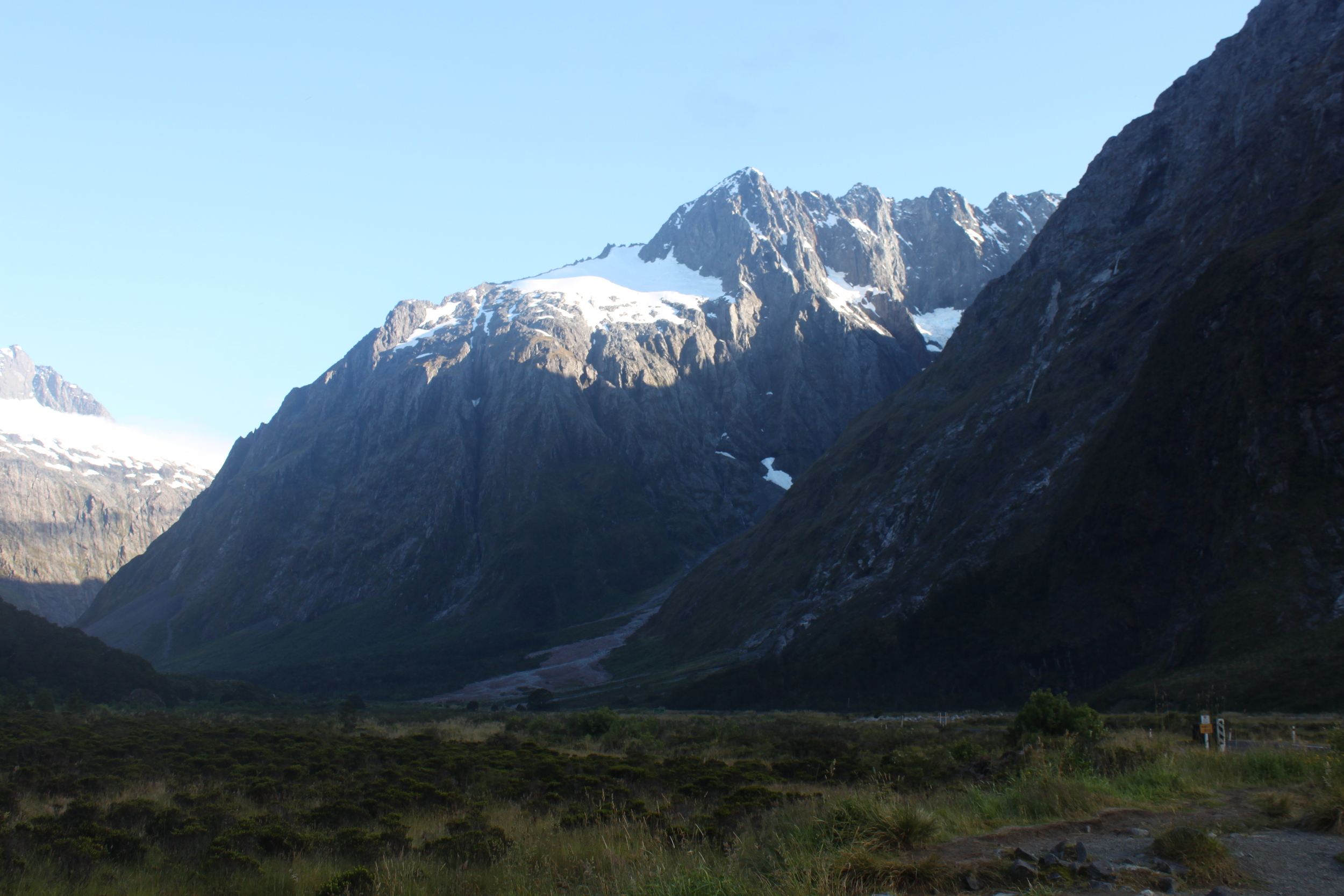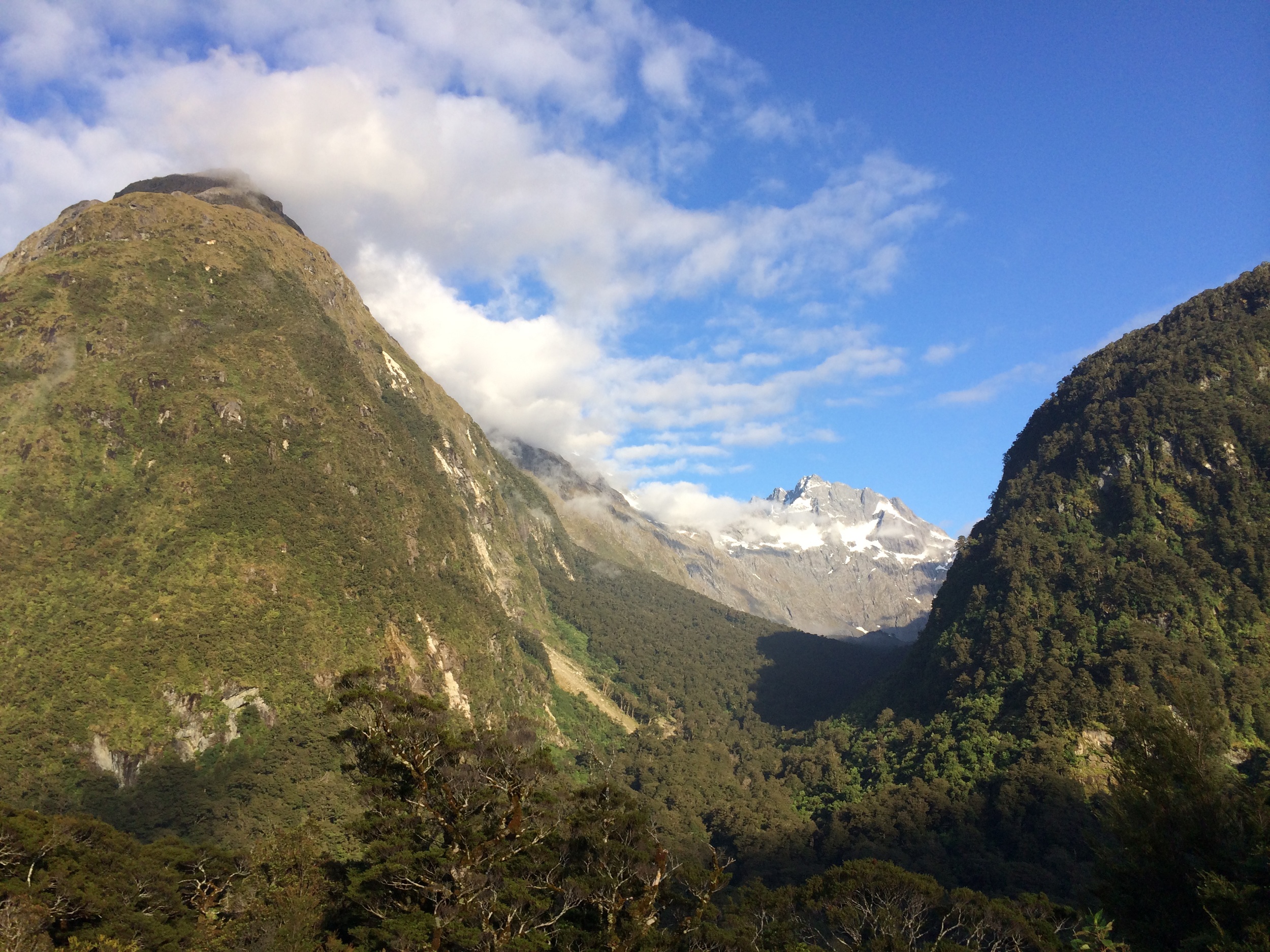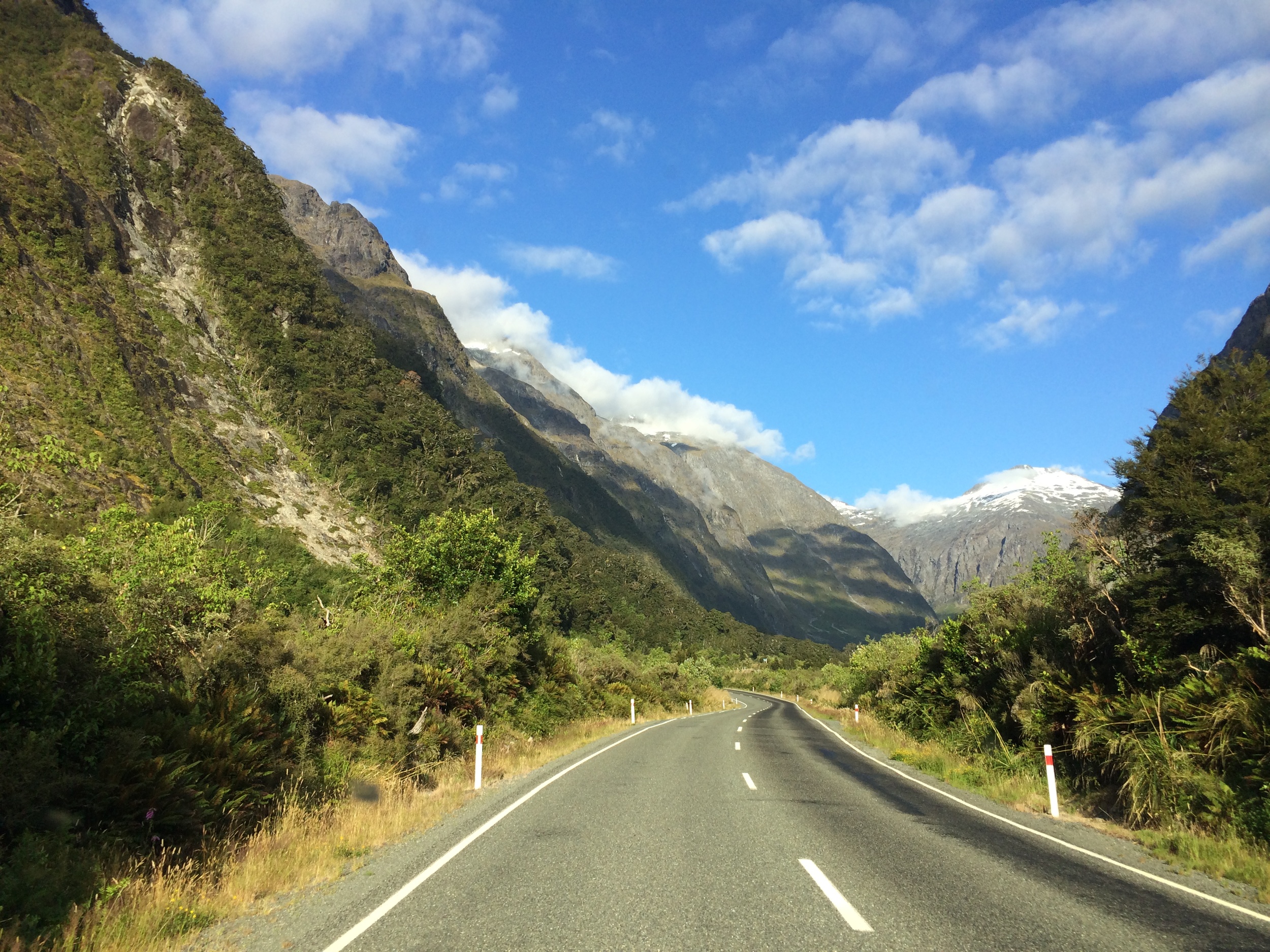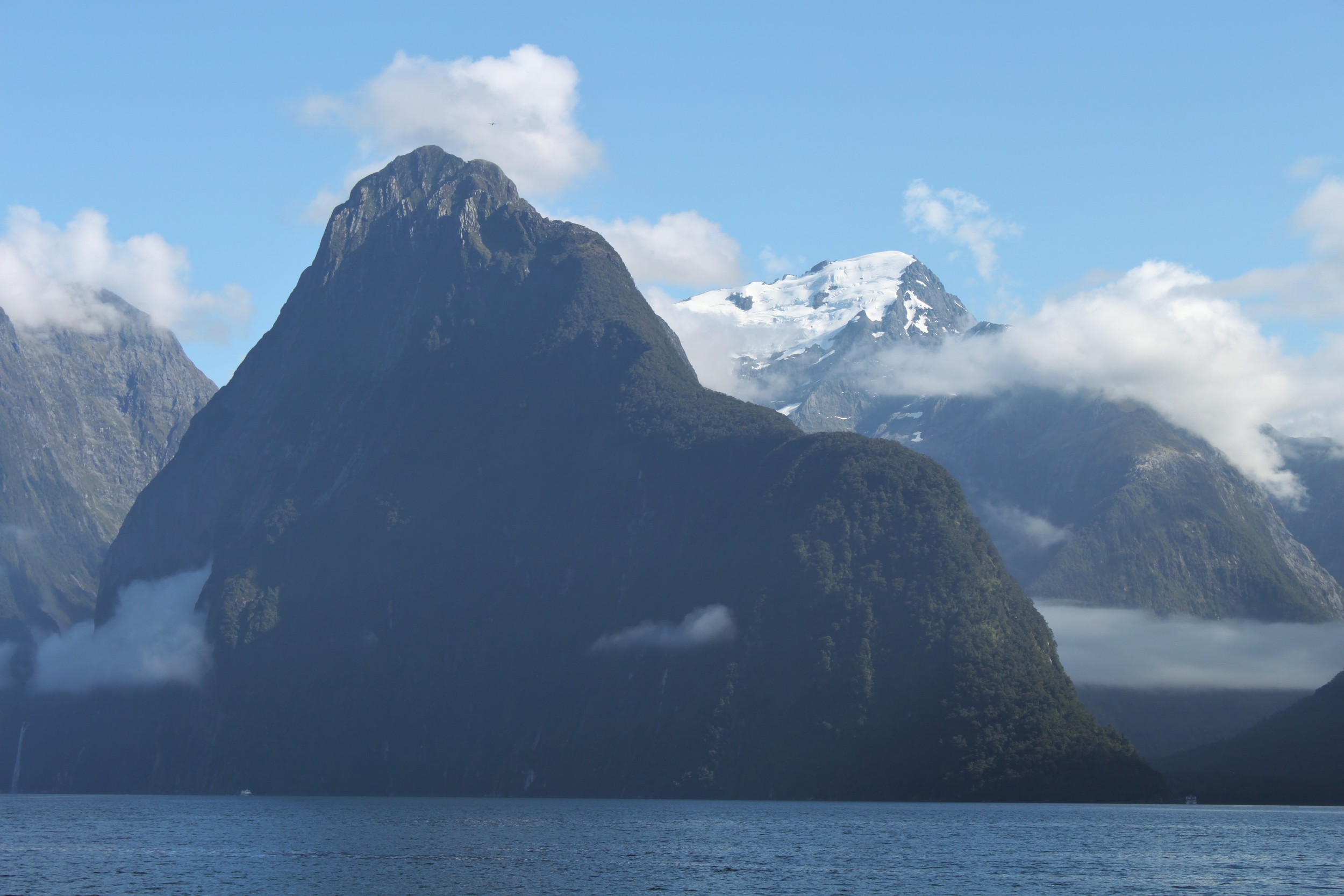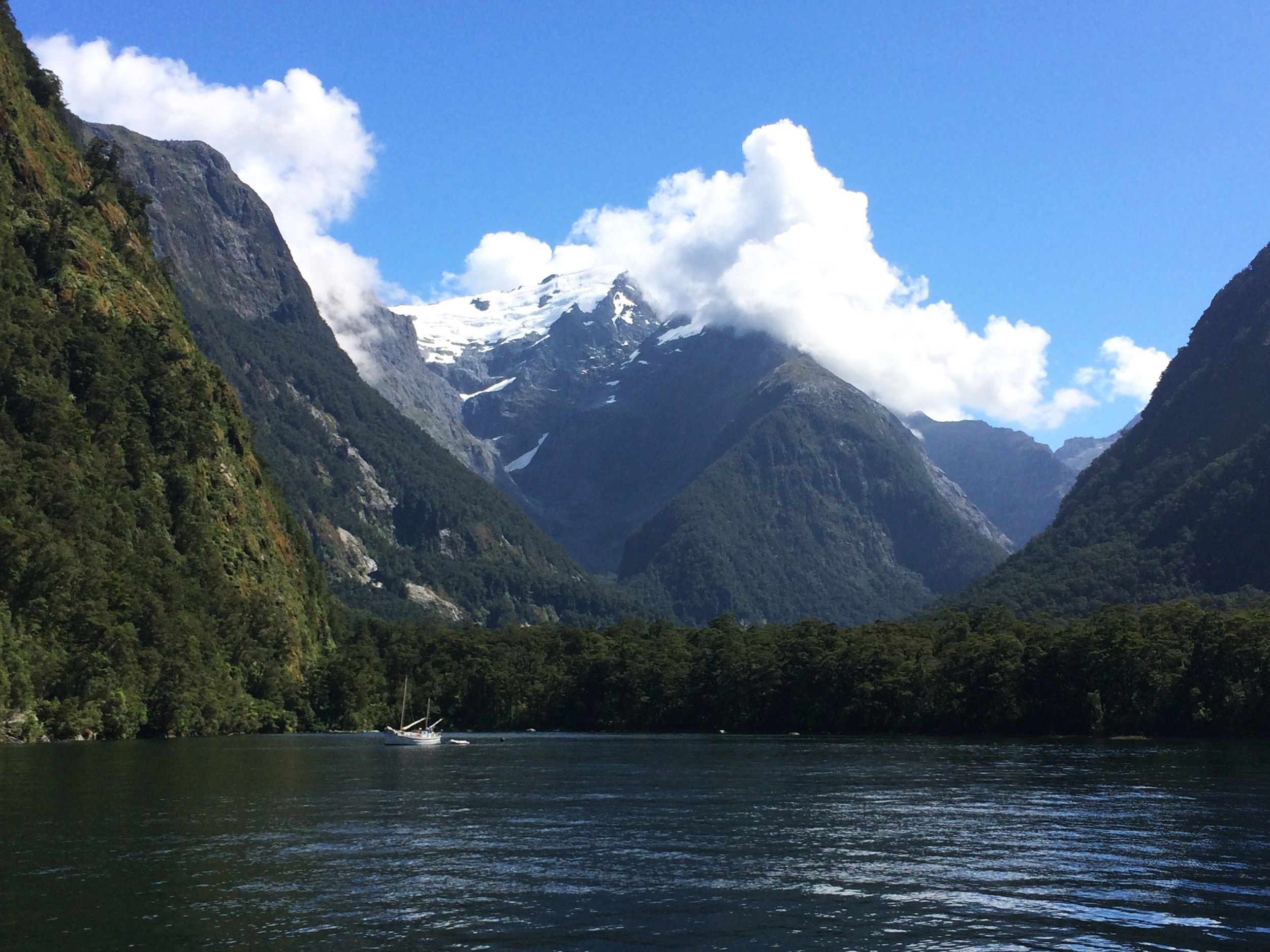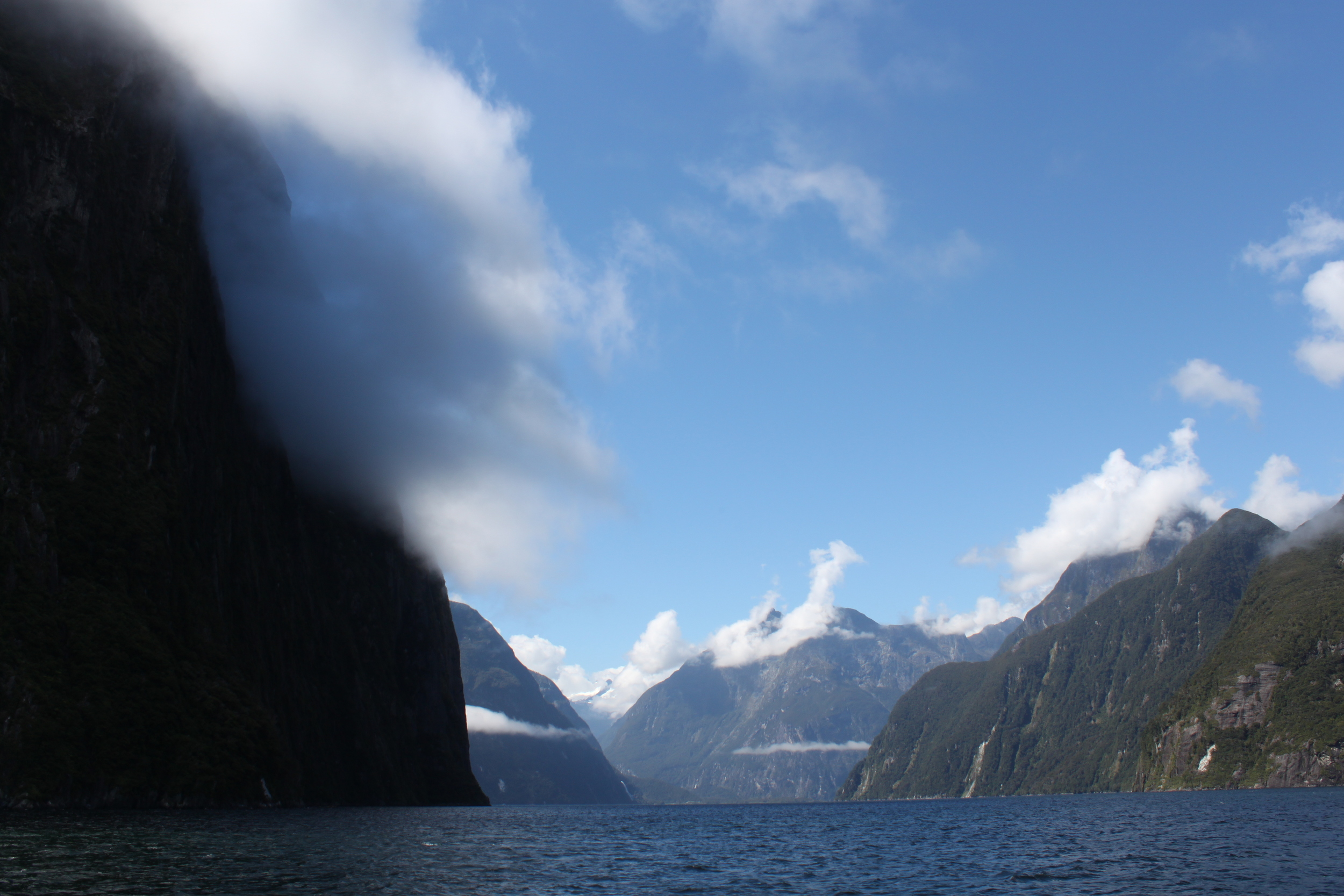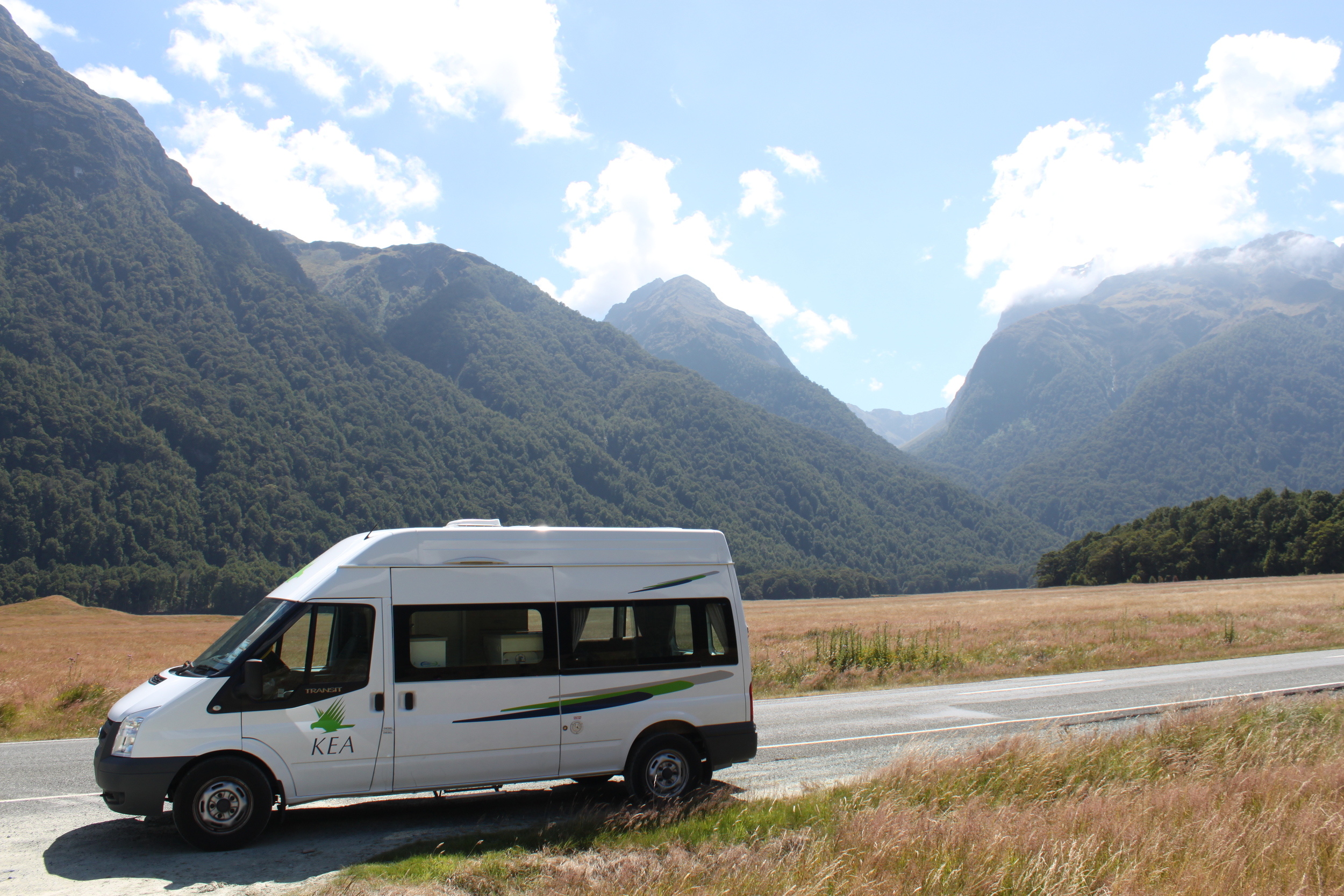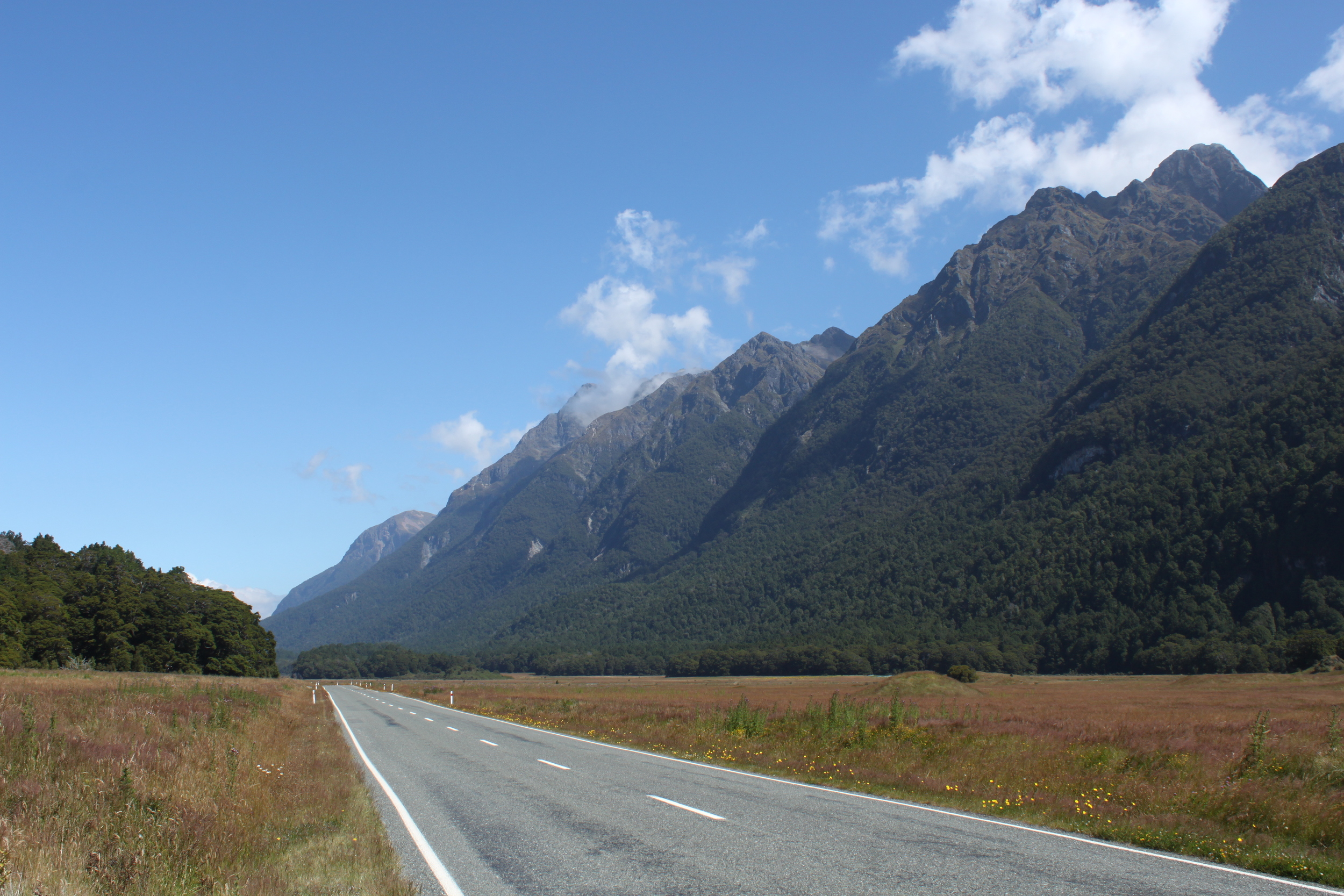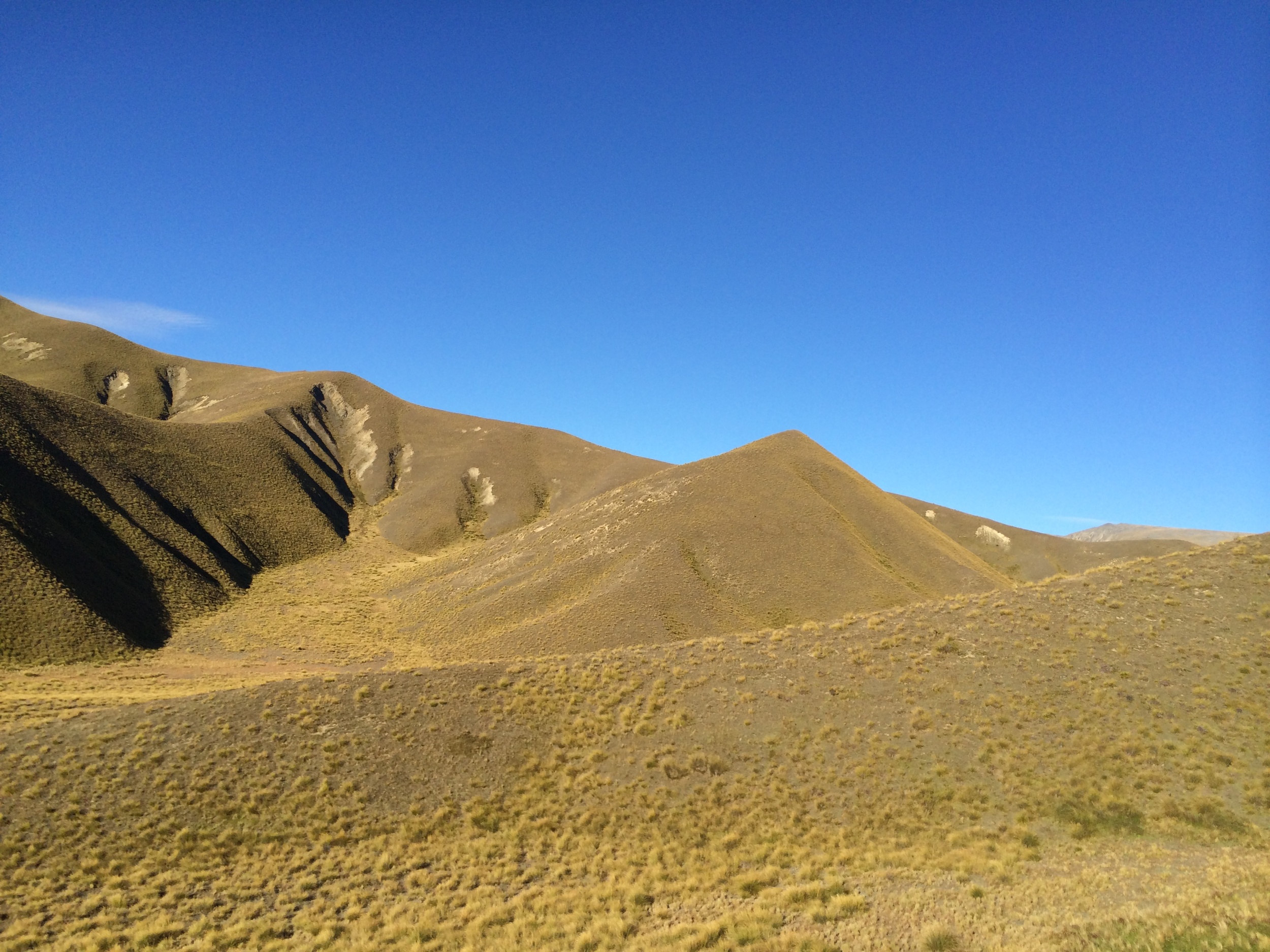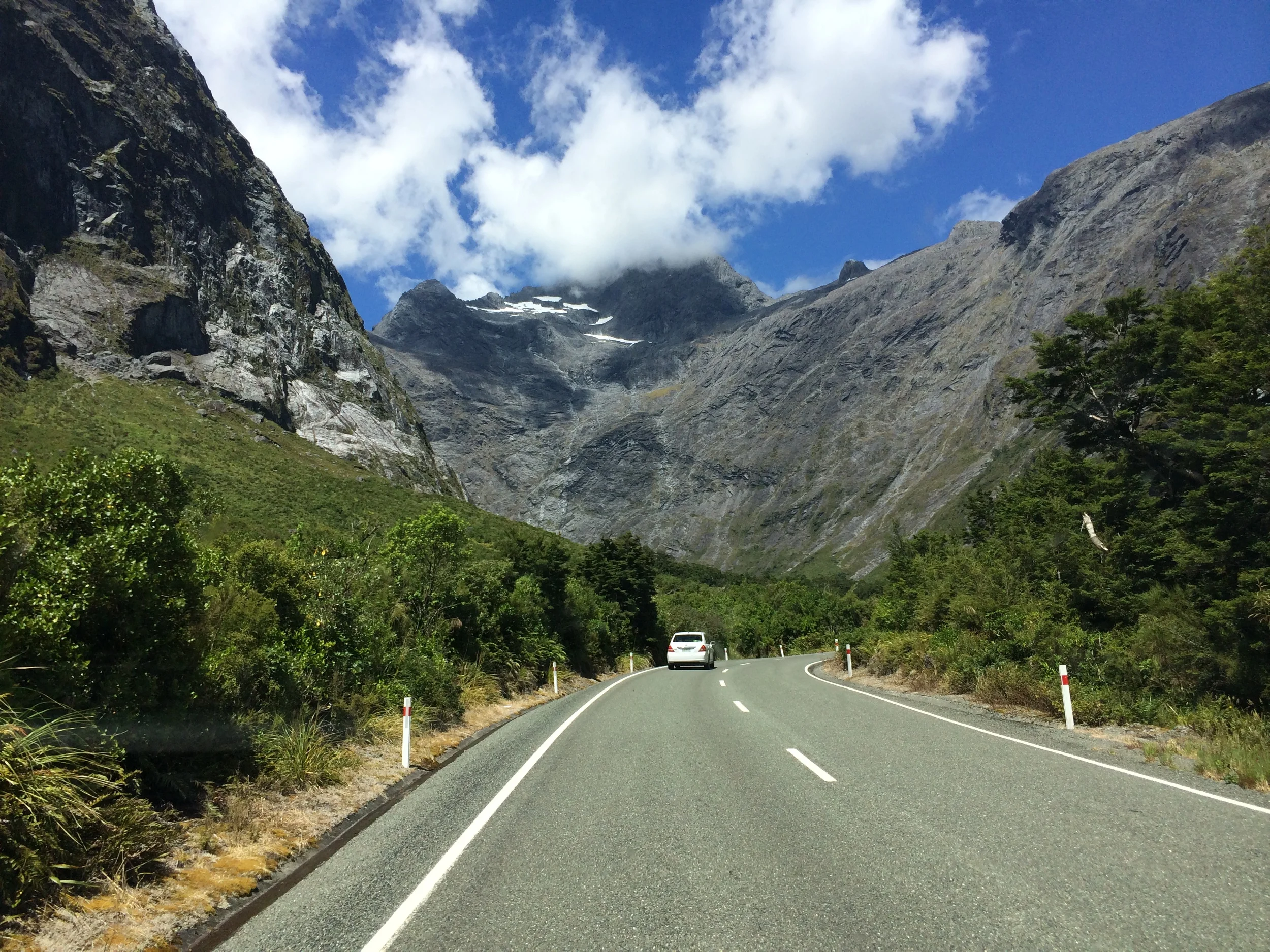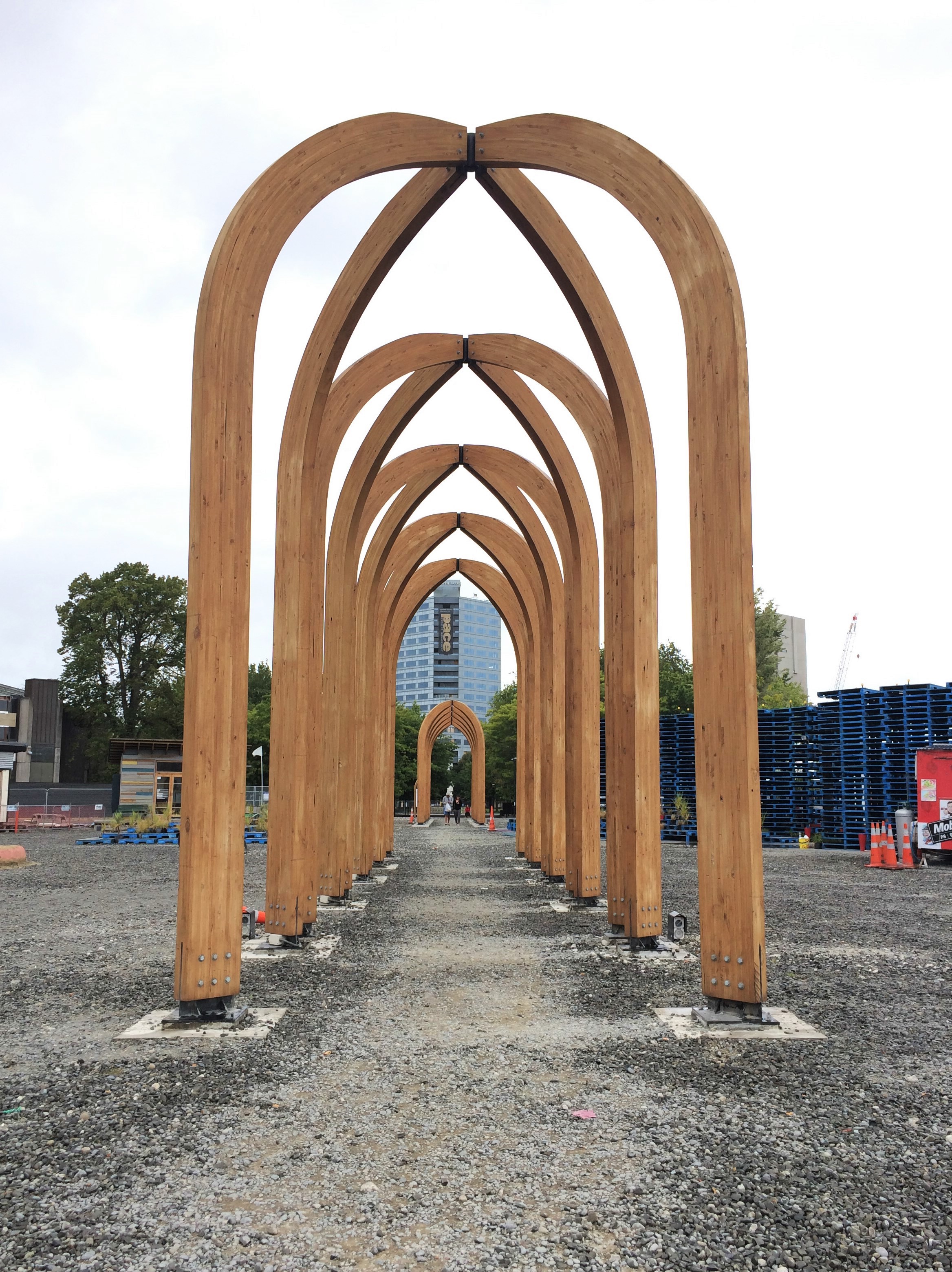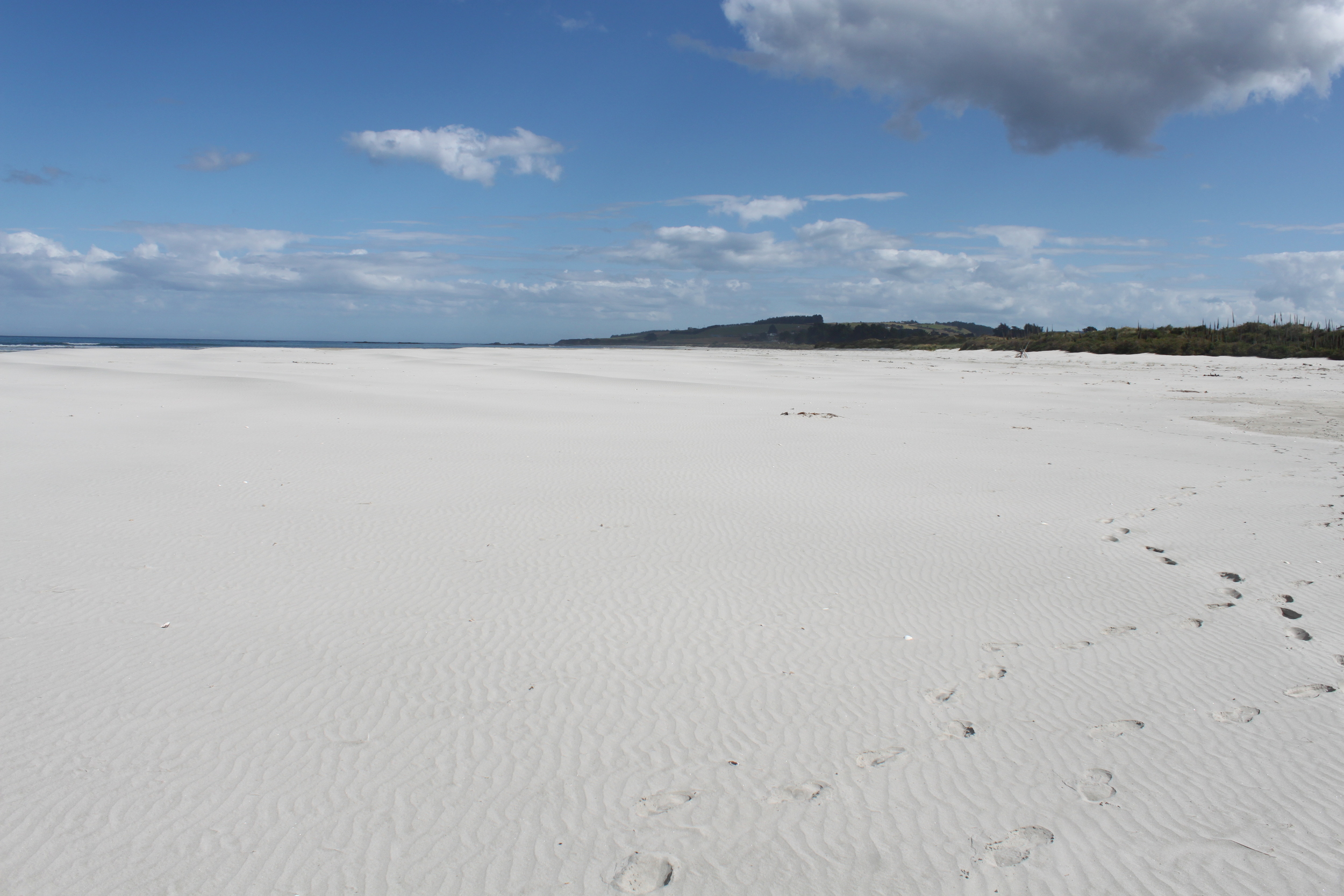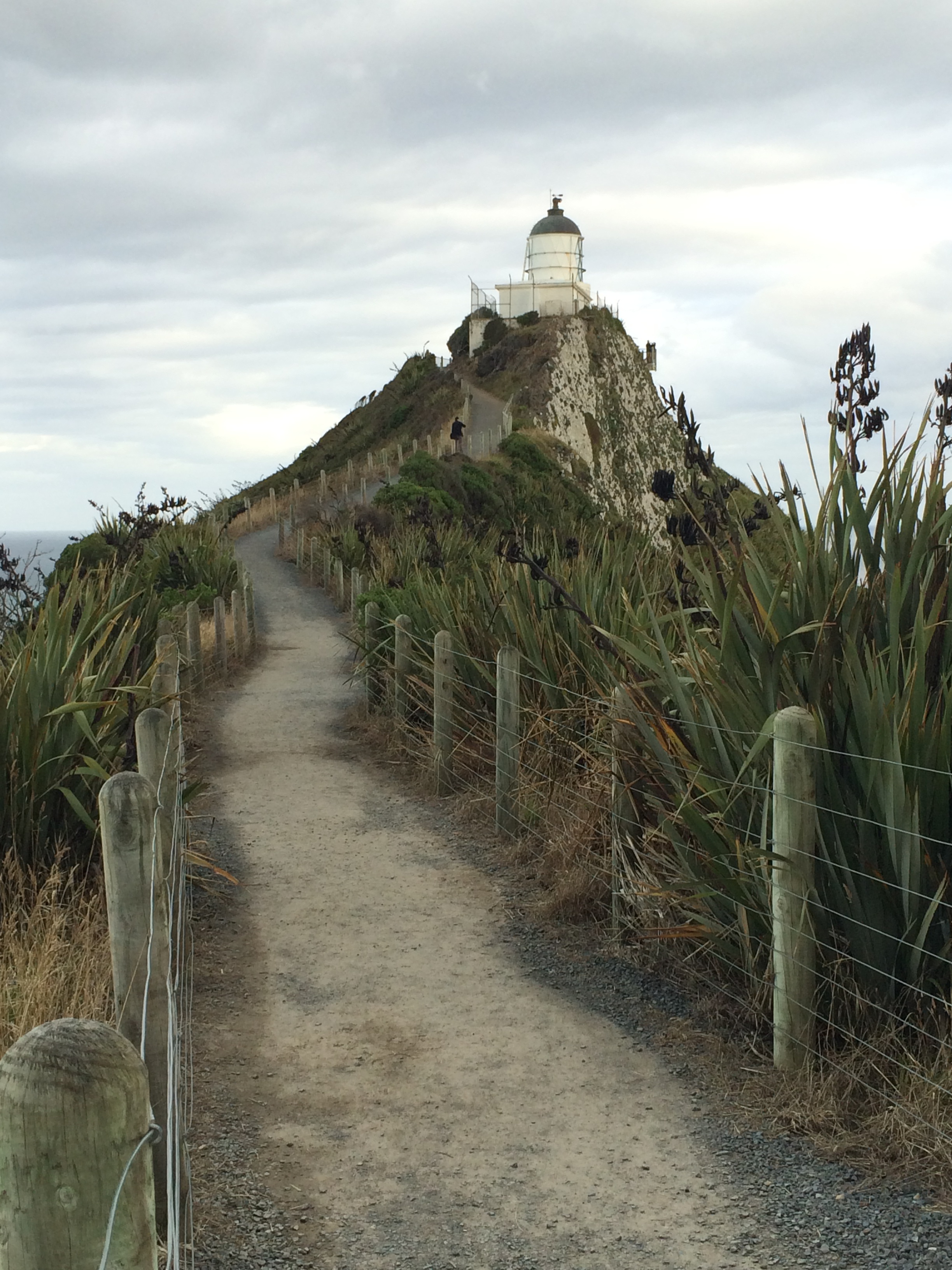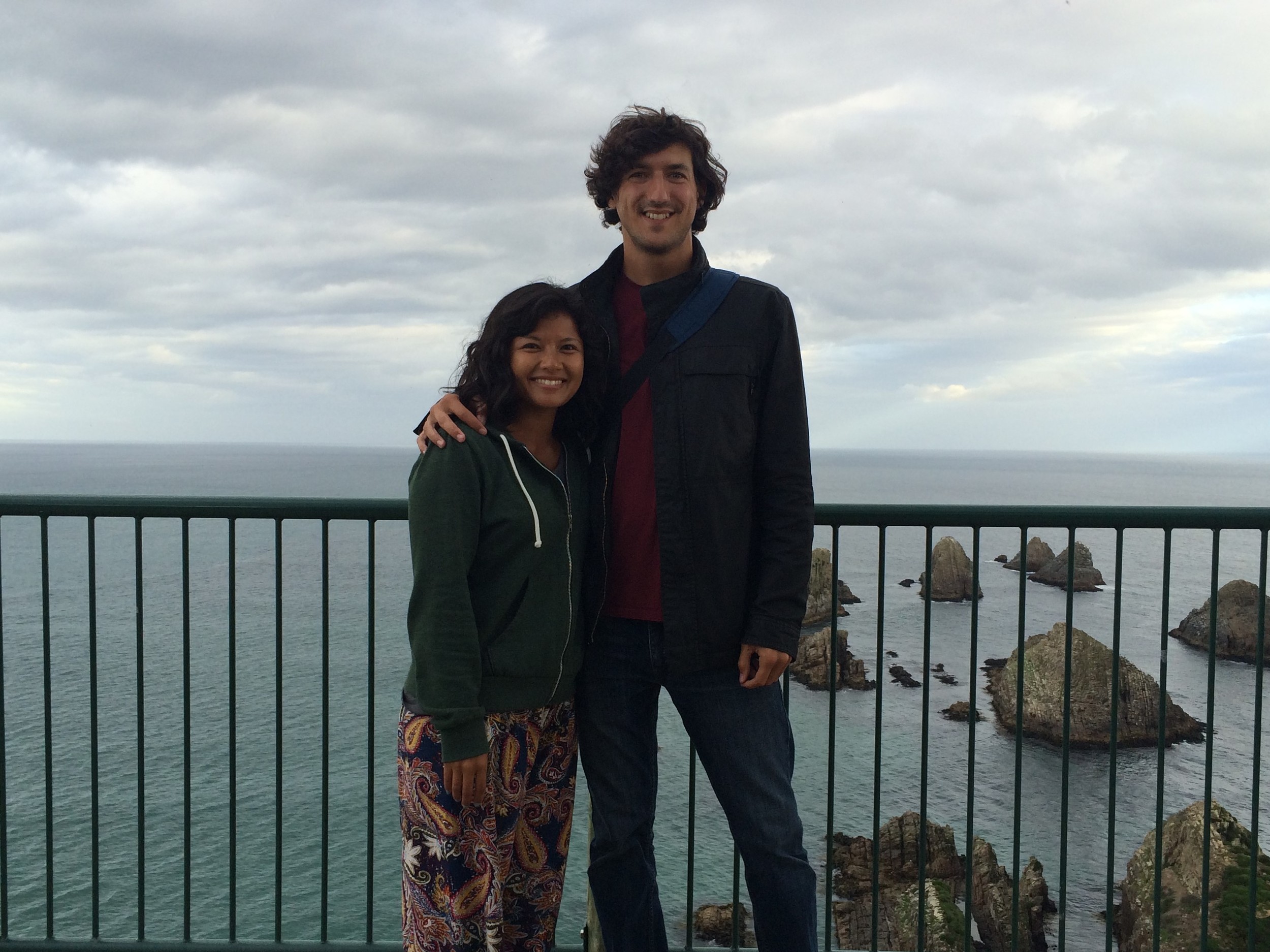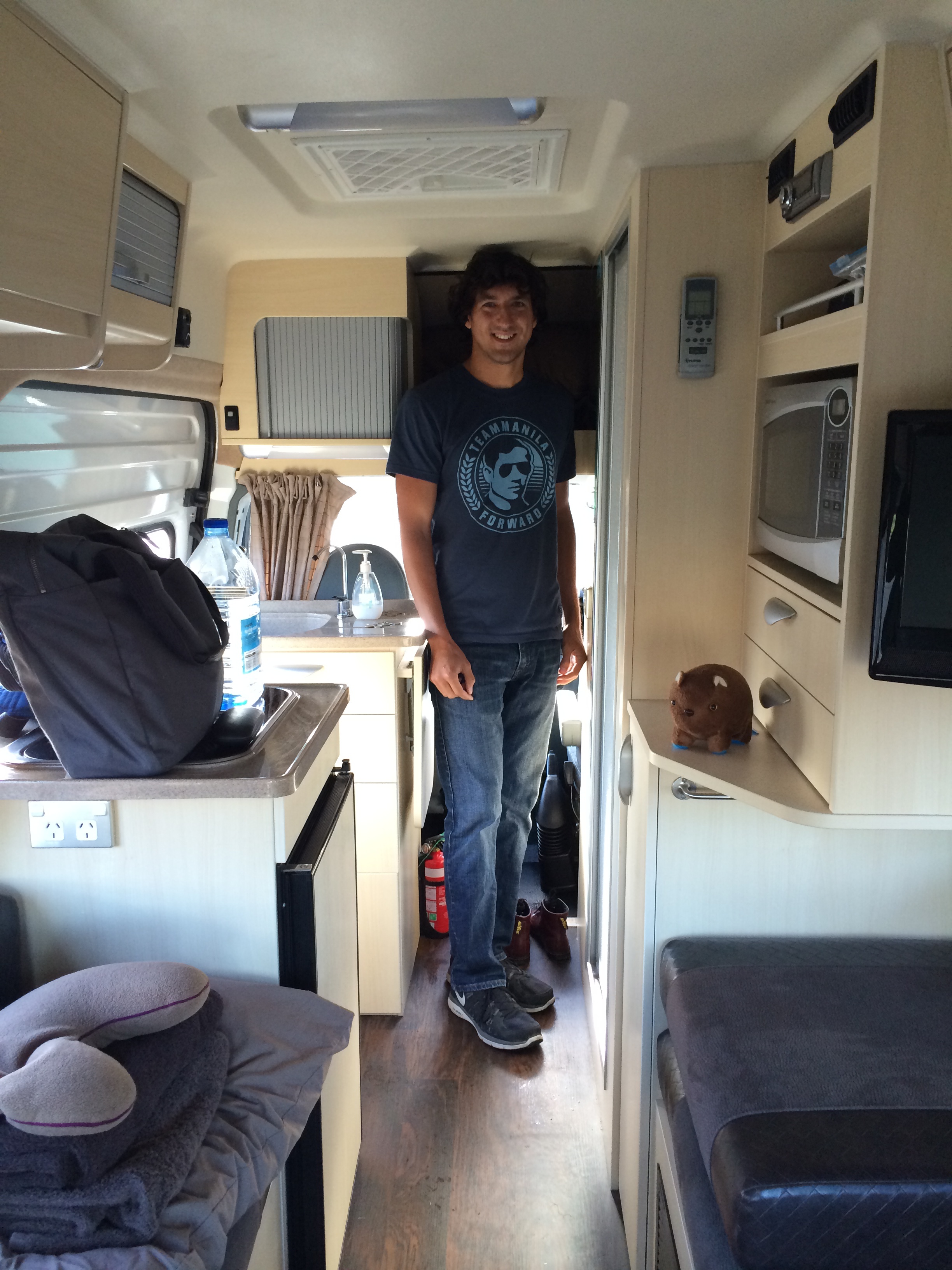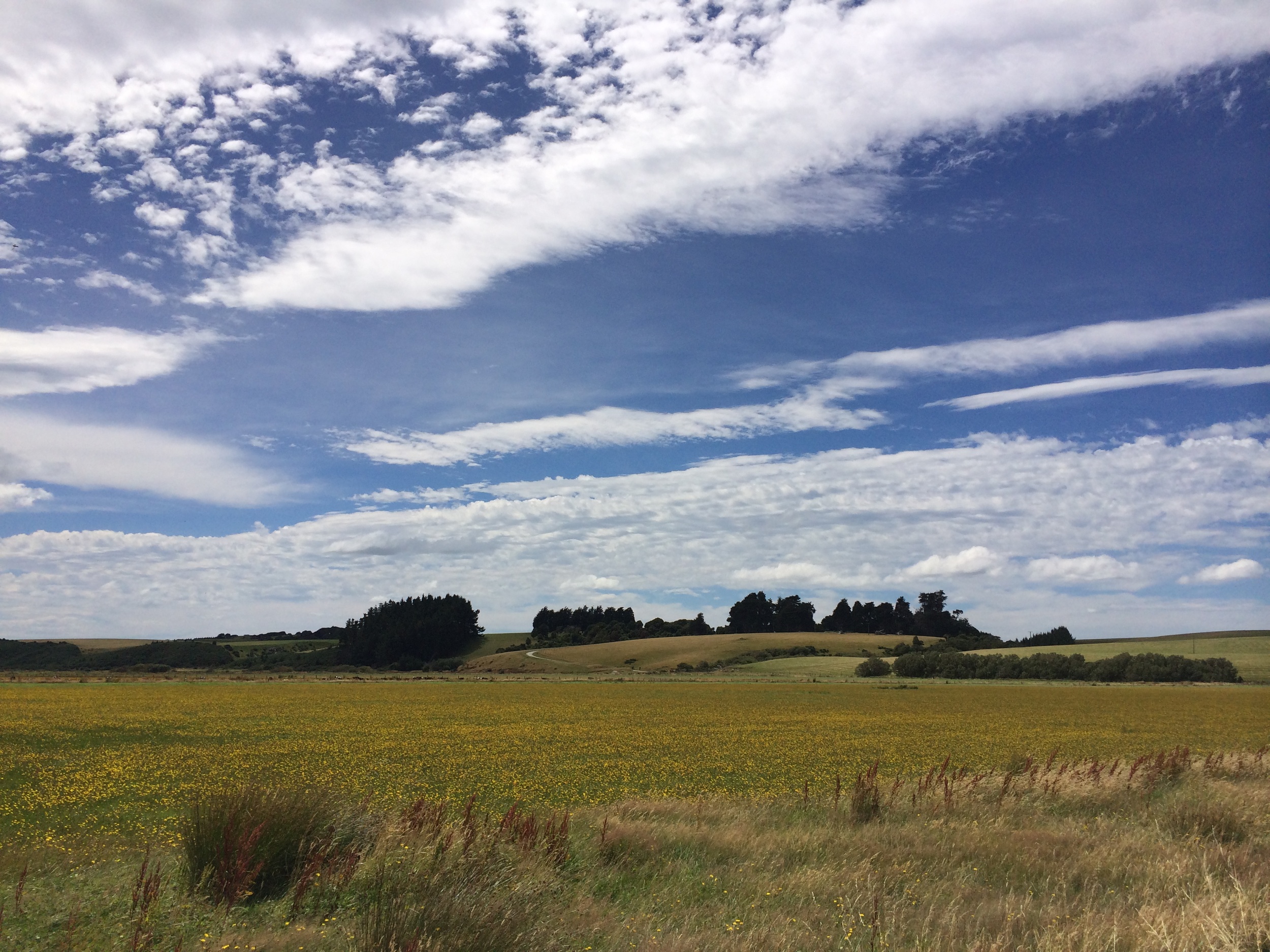north island
after spending two weeks admiring the south island we flew north to wellington, the capital of middle-earth – er, new zealand. this was the first stop of our last week in the country, and our plan was to explore the north island by car and make our way up to auckland for our flight back to the states. our first impression of wellington was that it was really expensive – nowhere else had we spent $150 fo one night in a hotel, let alone a HOSTEL. but as we drove into the city we noticed people in costumes roaming the streets, and they were definitely the opposite of sober. apparently we’d timed our visit to coincide with rugby sevens, which is a huge sports event here. if halloween and the superbowl had an “oops” baby, this would be it. the city’s main street was completely blocked off to accommodate the thousands of people who showed up all decked out in random costumes and creative getups. our hostel happened to be smack-dab in the middle of all the action, which provided endless people-watching and entertainment. an added bonus was that we made a new hometown friend on the other side of the world. alex’s parents’ pastor’s son had just moved to wellington, so we met up with ben and had fun bar-hopping together.
legolas literally stood right. here.
after the fog of our hangovers lifted the next morning, we got a chance to see more of the city. perched on the bay and surrounded by picturesque hillsides, “welly” is a relatively small but beautiful place. there are lots of great bars and restaurants, and the laid-back vibe reminded us a bit of portland and halifax. unfortunately the weather wasn’t on our side, so we decided to hit the road that afternoon. we were hoping to visit hobbiton, but tickets were a whopping $70 each to see the shire. i definitely don’t think frodo would have approved. instead we headed to kaitoke regional park to check out rivendell, the magical home of elrond in the lord of the rings. in other words, i got to giddily prance around the same grassy area legolas (read: orlando bloom) did over ten years ago. definitely a nerd-out moment, for sure. our tour of Middle-earth continued as we ventured further north. the scenic drive confirmed that there really is no place quite like new zealand. when you’re here, you feel like you’re tucked away in a very special corner of the world where seemingly normal things like trees and grass have a sort of whimsical feel. we eventually crossed into the north island volcanic plateau and arrived in tongariro national park, the oldest park in the country. the perfectly conical mount ngauruhoe looms over trekkers as they pass over the tongariro crossing. this was to be the pinnacle of our travels through Middle-earth – hiking around mount doom.
alex hiking into the mist.
despite the overcast sky and far-from-stellar forecast, alex and i were really excited to do the 12-mile trek. even with the unpredictable weather, we decided to go for it the next day. unfortunately the clouds and fog hid many of the magnificent views throughout our hike – visibility was maybe only 20-30 feet at times. we really were hiking in the clouds! but the steep climb and long journey were still well worth it. the gray stillness that surrounded us was strangely welcoming. tramping along ancient volcanic rock through the mist, it was as if we’d been transported to some remote, otherworldly place.
thank you, sunshine! the smelly emerald lakes were so stunning in your presence.
eventually we came to a narrow, exposed ridge where the only way to the bottom was sliding down loose lava rock. at this point we were a bit thankful for the cloud cover…otherwise it would have been ten times more terrifying! at the bottom of the ridge the beautiful emerald lakes came into view, and the less-than-welcome smell of sulfur greeted our noses. as a reward for our patience, the clouds parted for half an hour and revealed the brilliant turquoise hue of the lakes and intensely red color of the crater we’d just hiked down. it was absolutely breathtaking. the hike continued past blue lake and through the active volcanic hazard zone. there have been eruptions here as recently as 2012, and multiple steam vents made the walk through the area a bit thrilling. as we zigzagged our way down to ketetahi hut we saw a helicopter bringing small loads of supplies to construction workers who were repairing the track. our epic trek across magnificent active volcanoes finished with a relaxing walk through leafy green native forest.
alex and the moon at tuapiro point.
pleased with our day’s work, we spent the rest of the afternoon driving up and around beautiful lake taupo and enjoyed a relaxing night at a hostel near the water. the next morning our wheels were spinning north once again, this time through the thermal valley, where steam rose up in columns around us every few miles. along the way we stopped to check out these huge, boiling-hot mud pools blowing stinky bubbles. the best part of the afternoon was spending a couple of hours at the waikite valley thermal pools. fed by te manaroa spring – the largest single source of 100% pure boiling water in new zealand – the pools are set at different temperatures and framed by pretty countryside and steam coming up from the spring. we eventually peeled ourselves away from the healing waters and drove up to tuapiro point, where we put the car seats down and set up “camp” in the back of our hatchback. that night we went for a walk along the deserted beach, taking pulls from a bottle of local wine and enjoying the violet, moonlit sky. it was the perfect way to spend our last night of freedom camping.
sitting in our homemade hot tub!
after waking up with cramped necks and stiff backs, we waved goodbye to the horses nearby and continued north to the coromandel peninsula. a local we met in wellington recommended hot water beach, where boiling mineral water surfaces from deep underground and meets the ocean. during low tide, you can see steam coming up from the sand and the water bubbling. there’s nothing quite like grabbing a shovel and digging your own spa right on the beach! we spent our last night at a small, historic inn in the old gold mining town of thames. from there it was a short drive to auckland the next morning. while much of new zealand’s appeal lies in its pristine natural landscapes and impressive glaciers and mountains, it was interesting to see what its largest city was like. wandering among the tall glass buildings, downtown auckland reminded us of a typical mid-sized american city. we drove over to ponsonby, a cute hilltop neighborhood with lots of cafés and hundred-year-old houses overlooking the urban sprawl. apparently the economist ranked auckland as the 9th most liveable city in the world a few years ago, and with its relaxed atmosphere and proximity to so many beautiful natural wonders, it’s easy to see why. it reminded us of san francisco minus the hustle and bustle. after spending our last hour relaxing in the park, we made our way to the airport. three weeks in new zealand wasn't nearly enough time, but we made the most of the time we did have. our road trips across these two incredible islands will always hold a special place in our pretirement memories.
